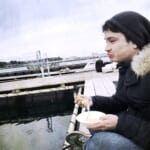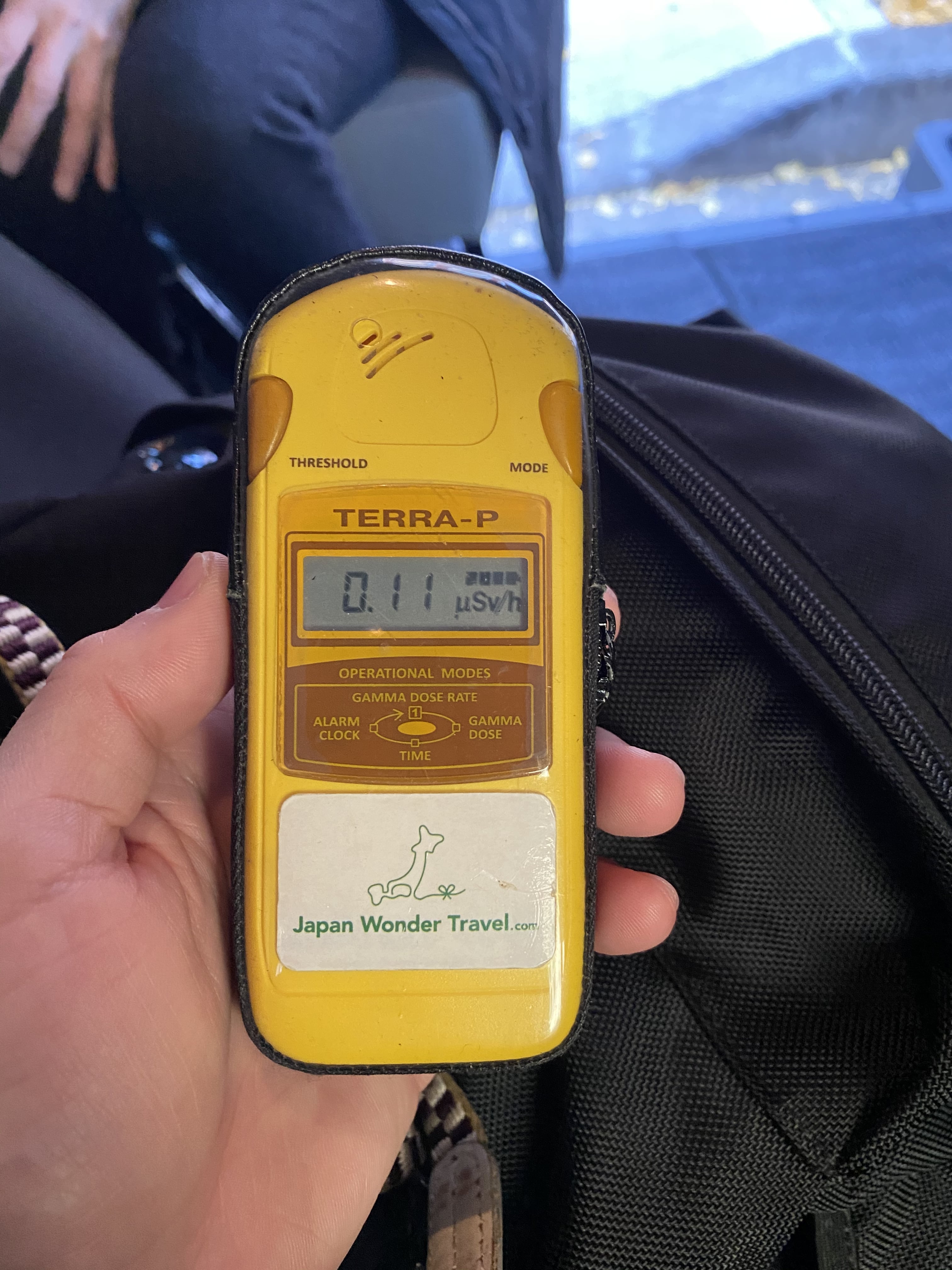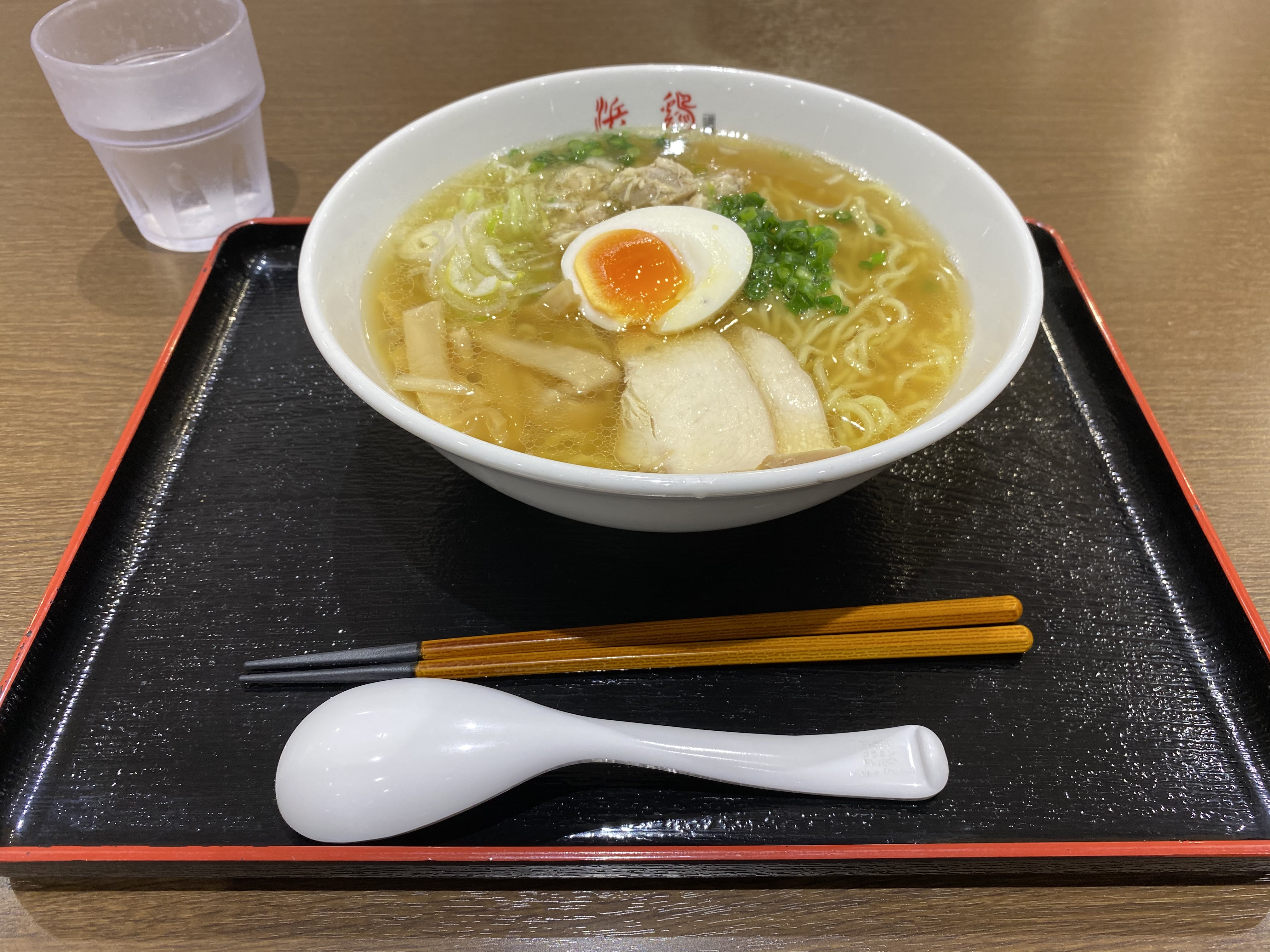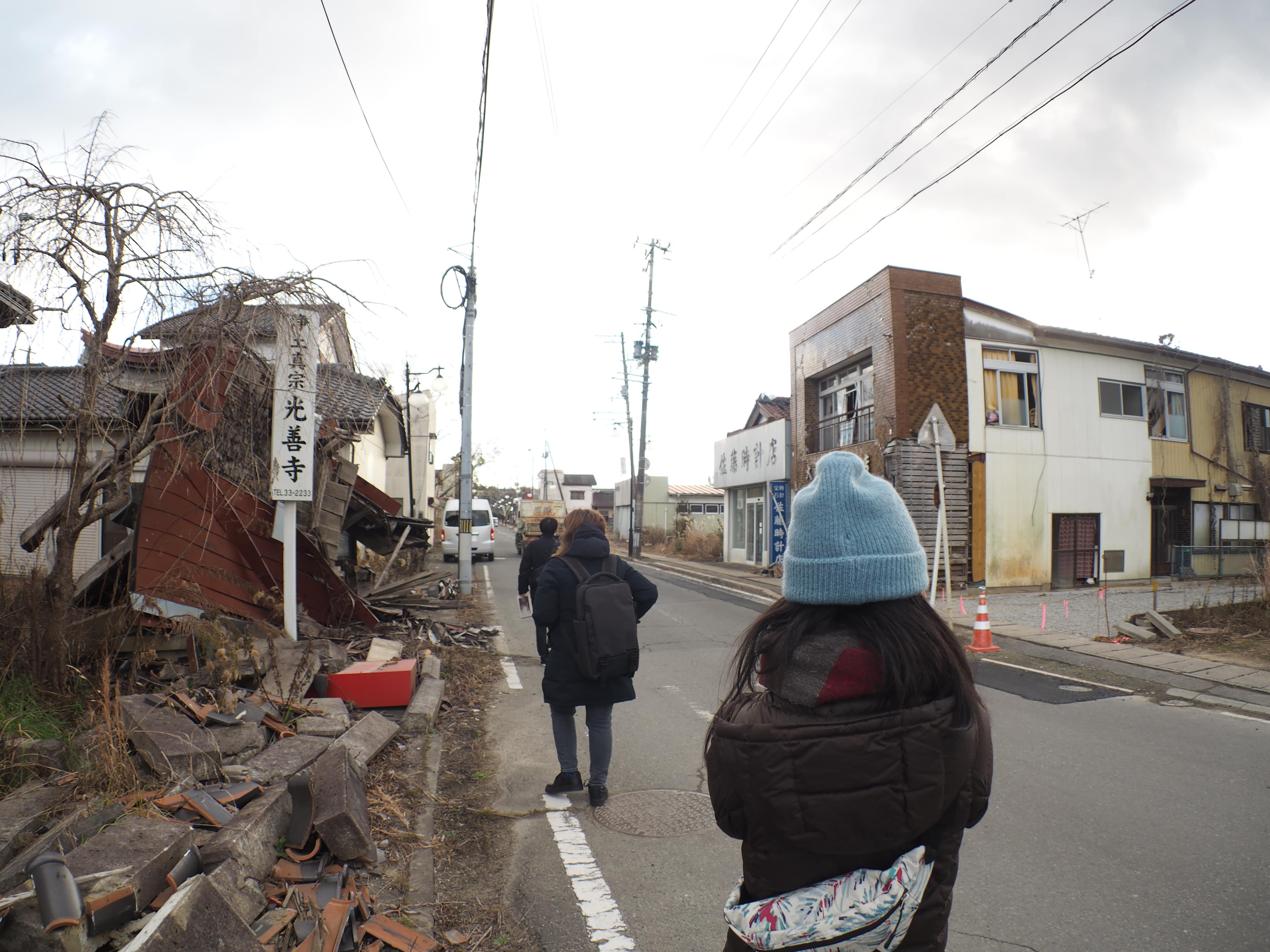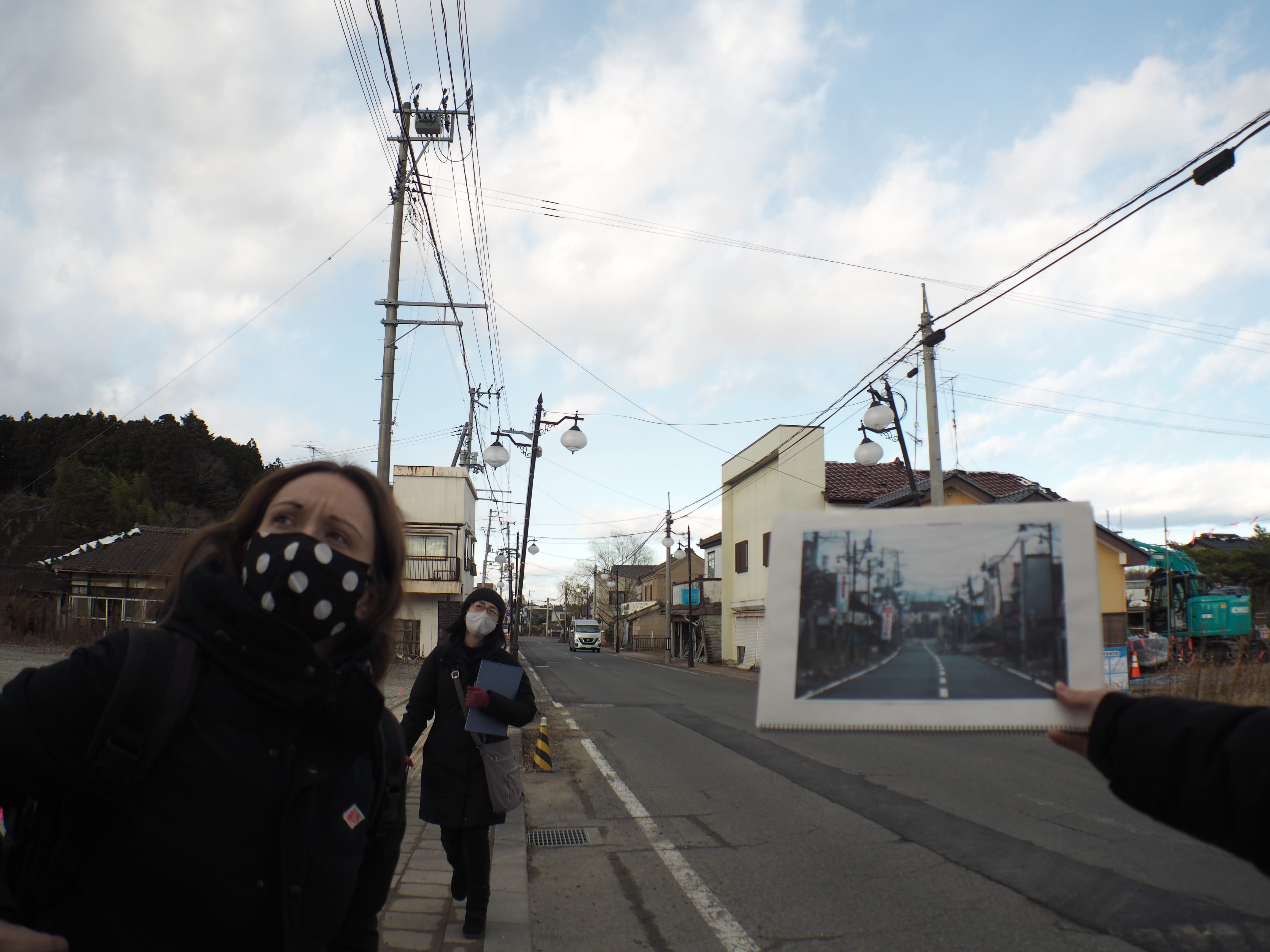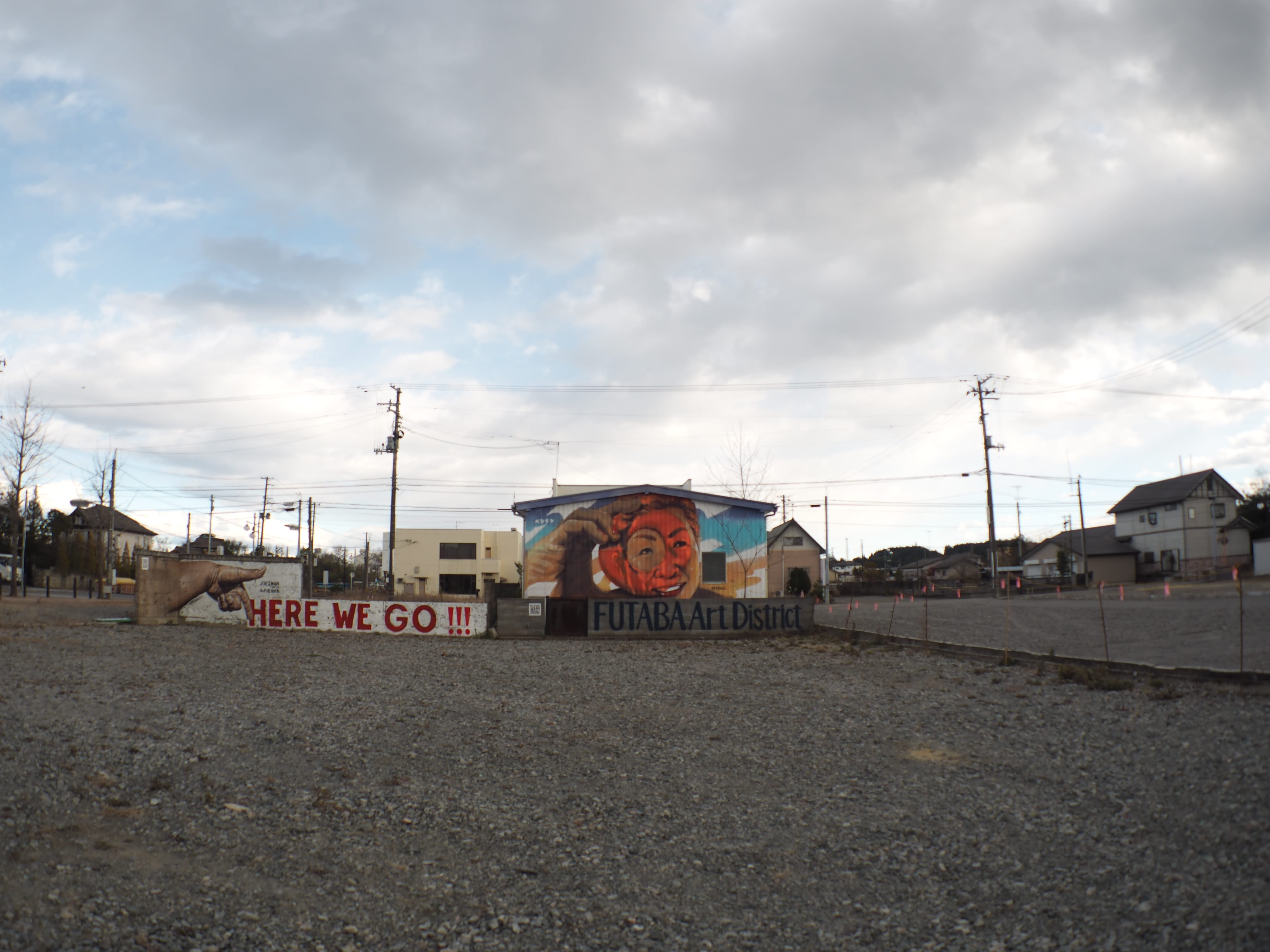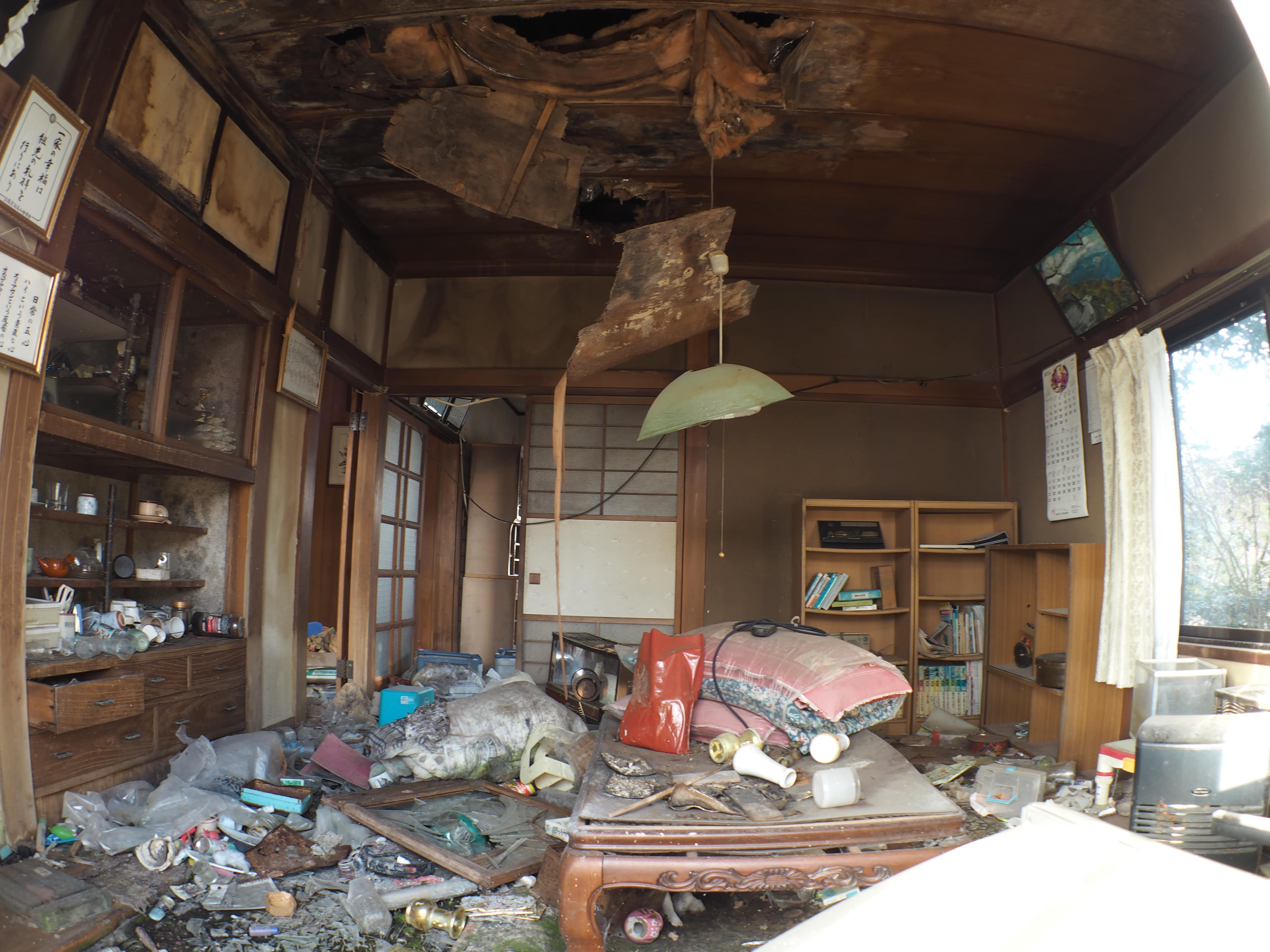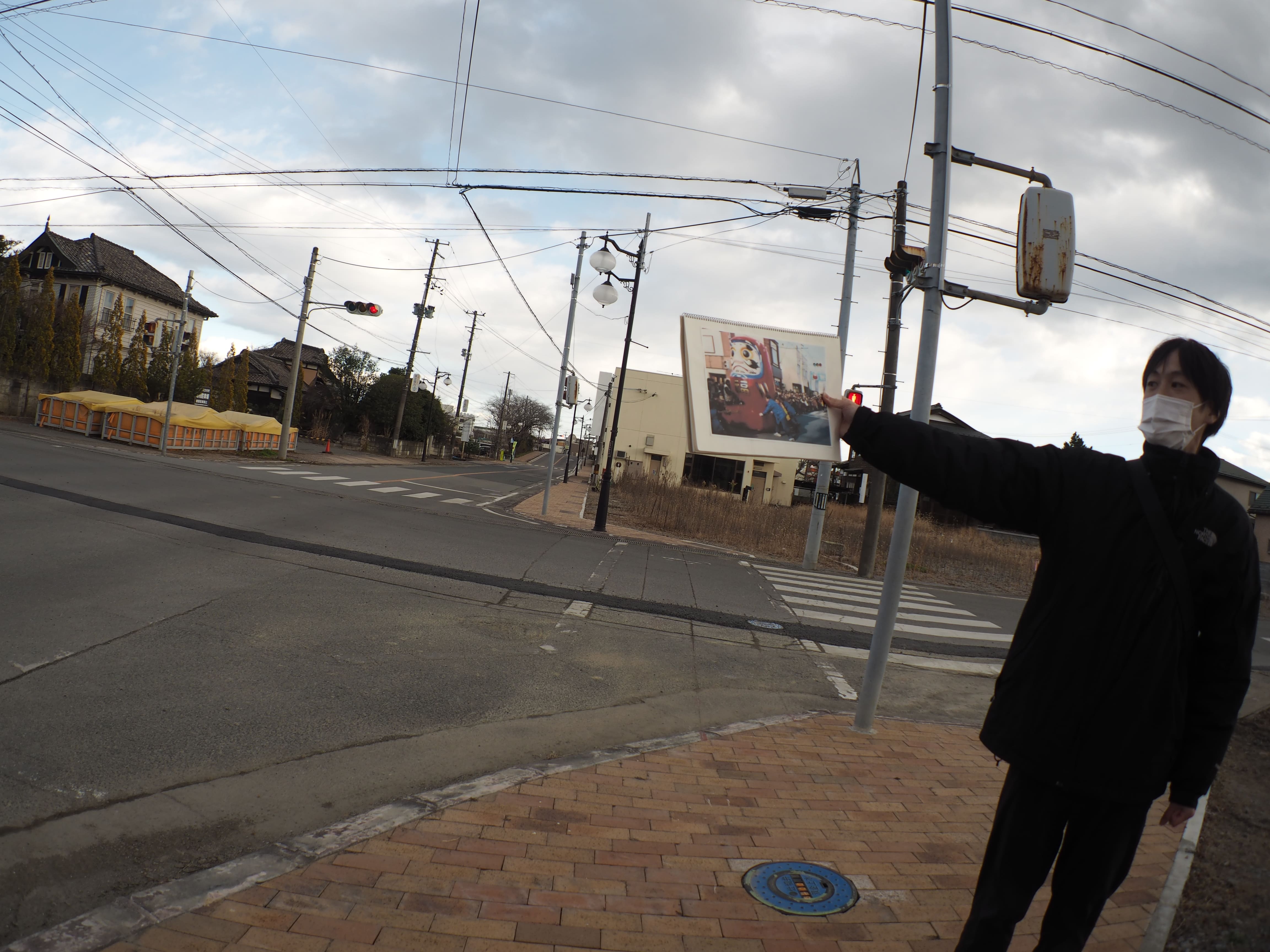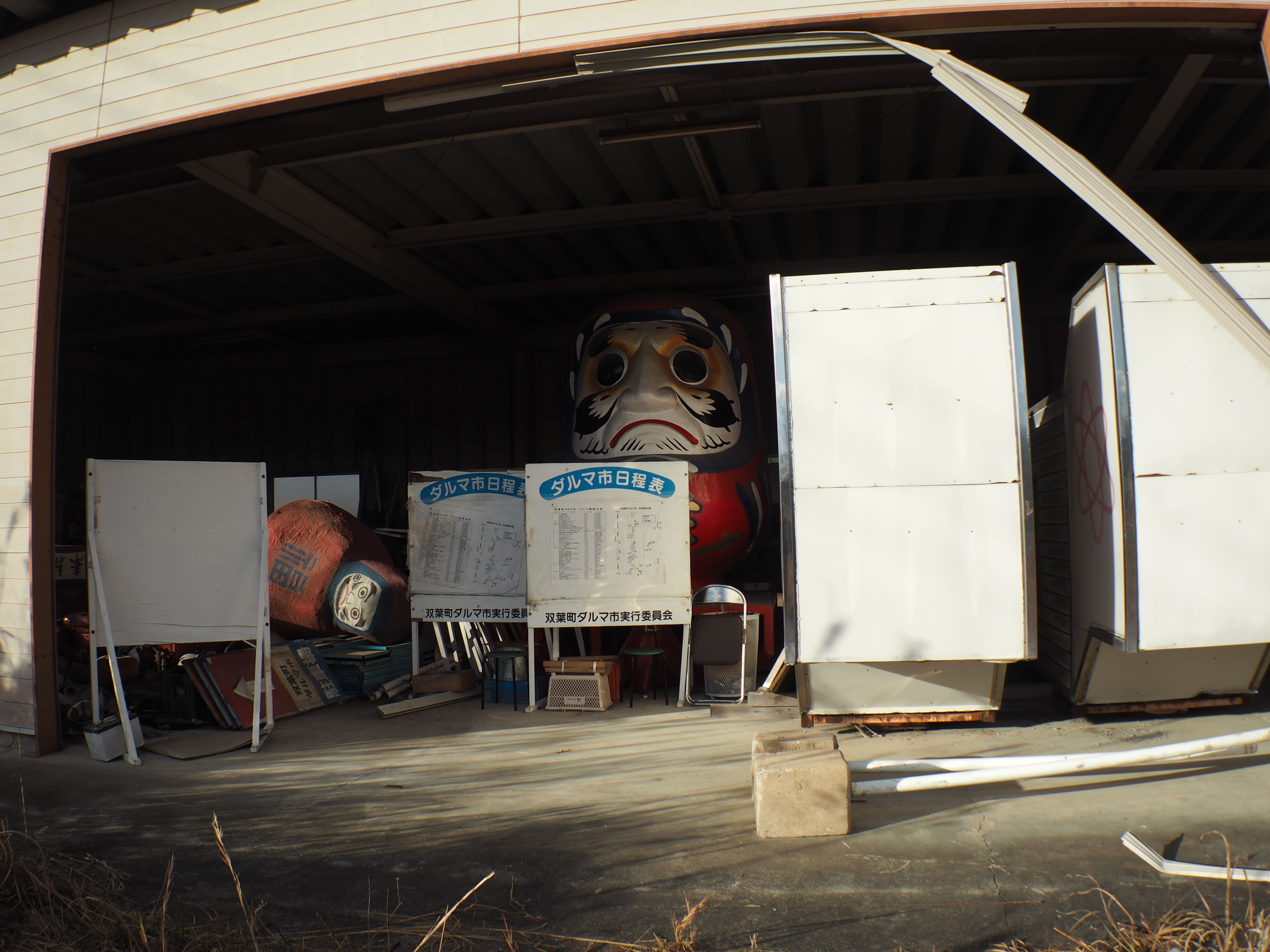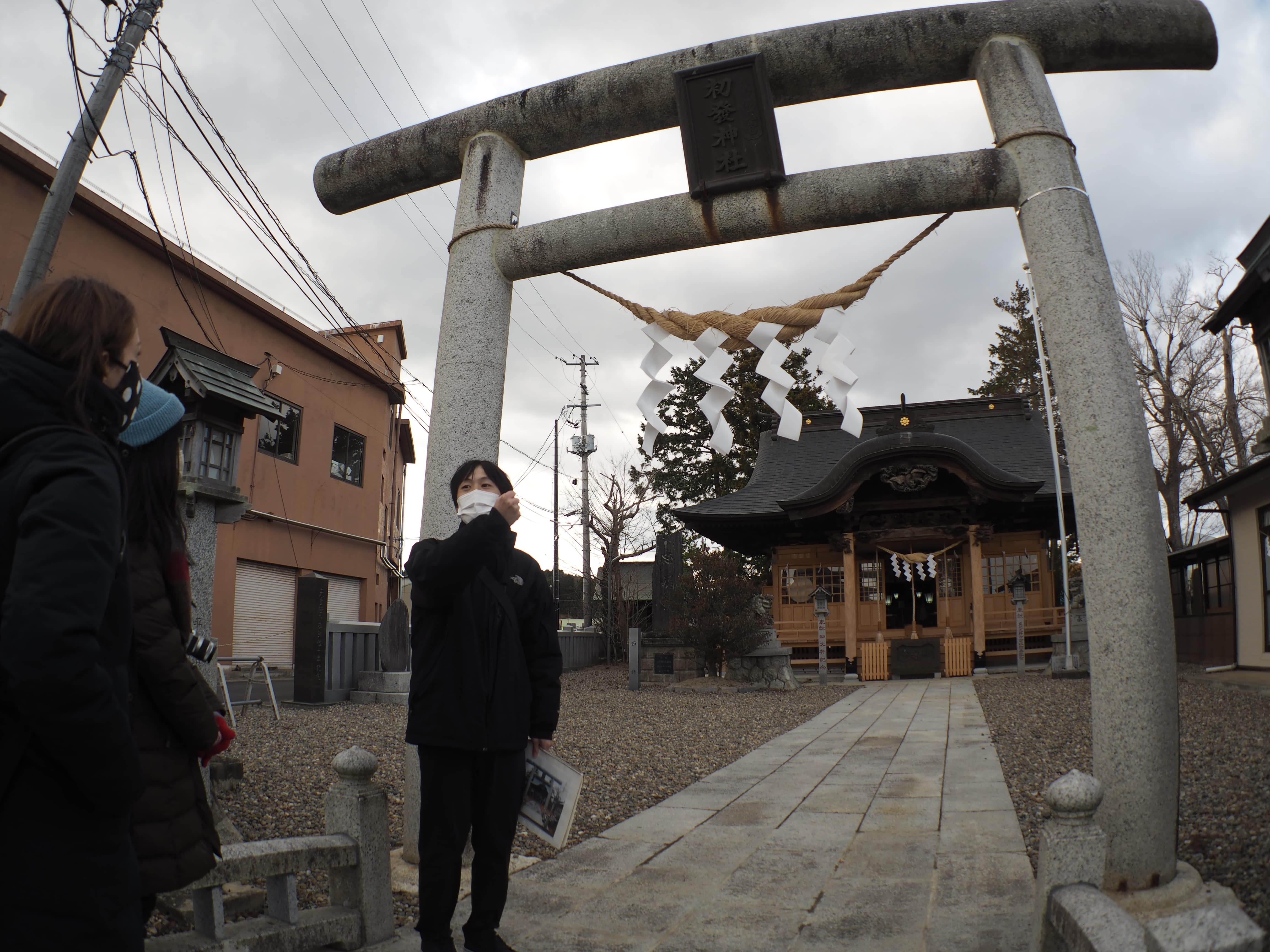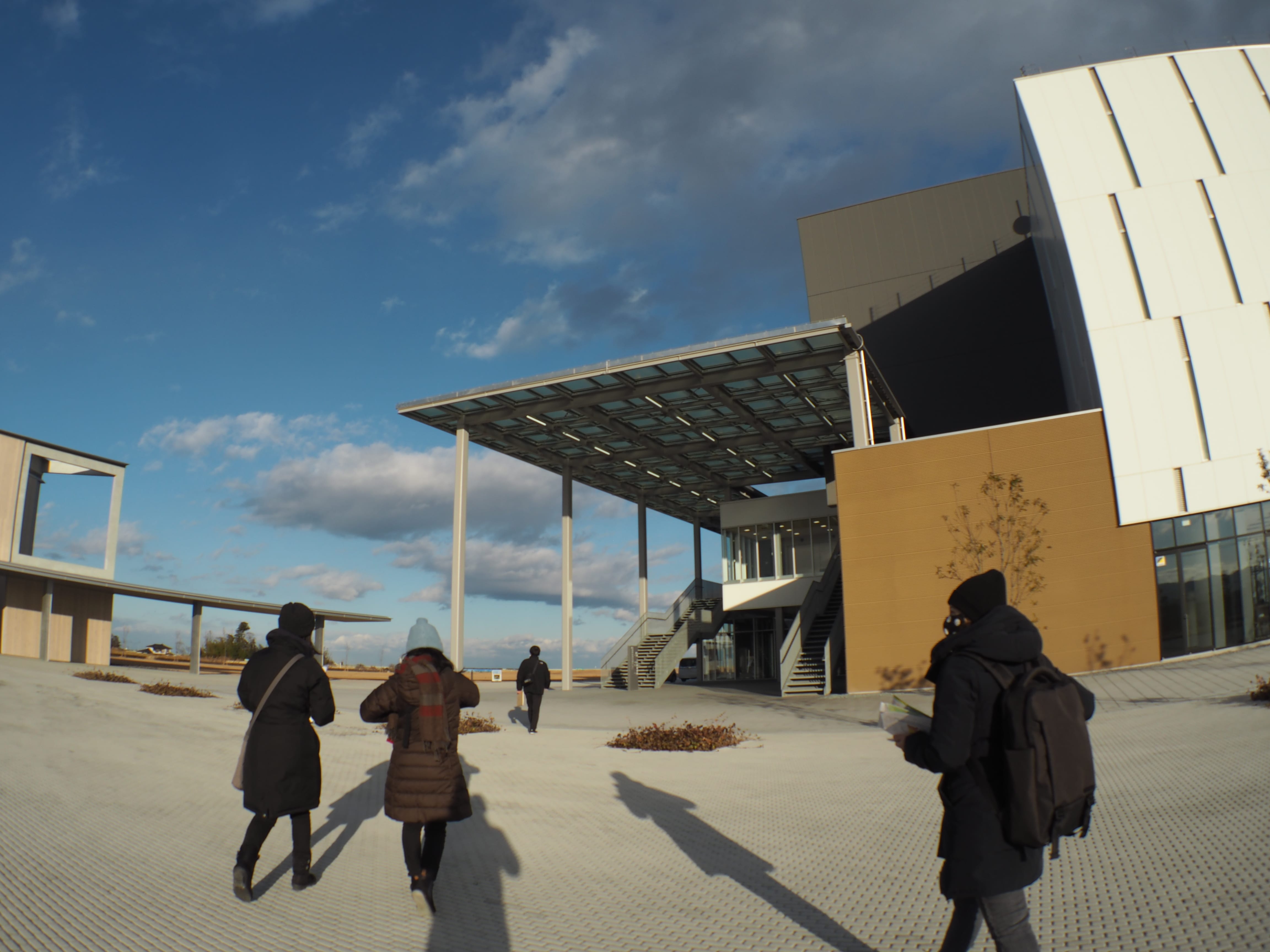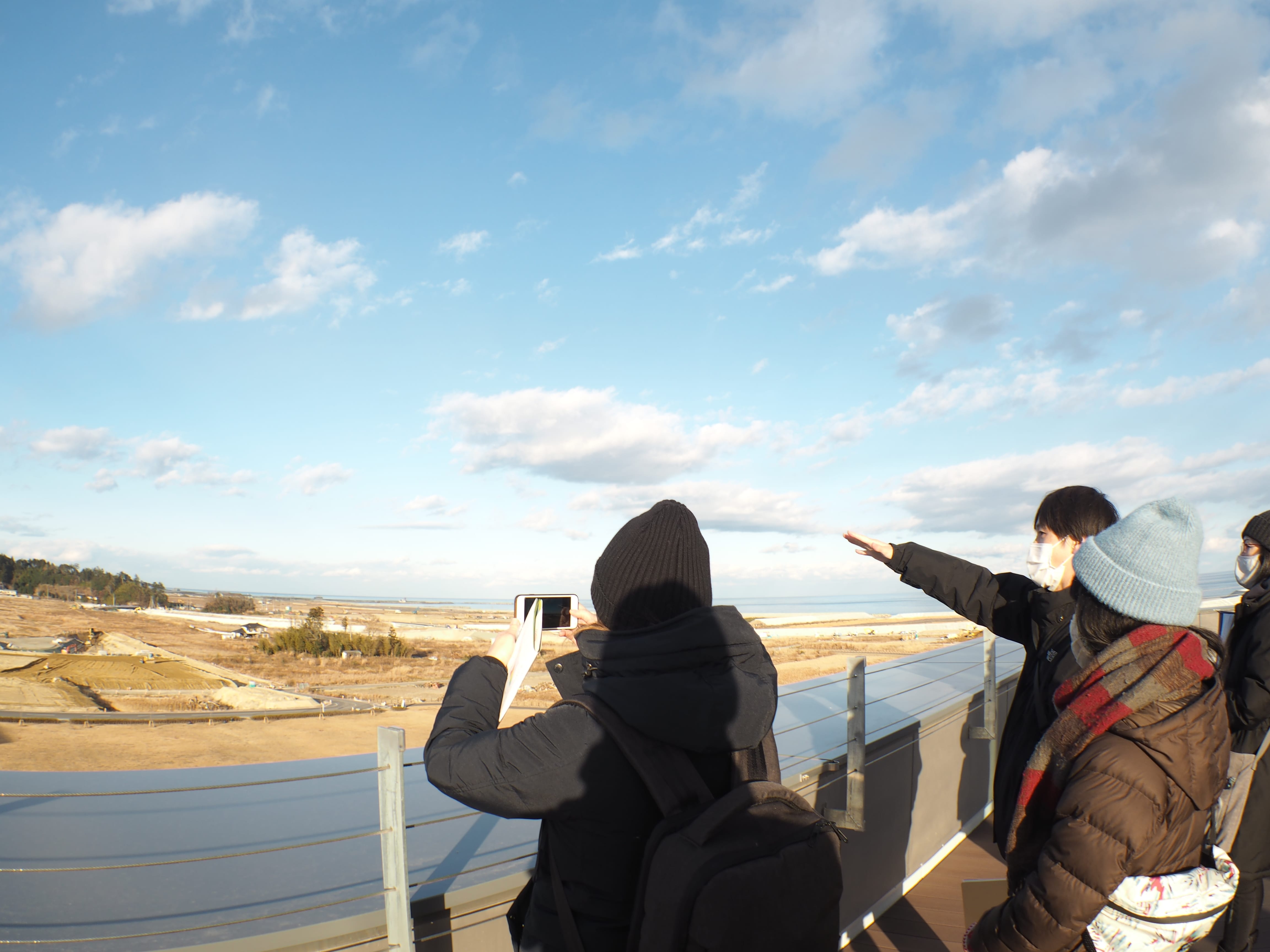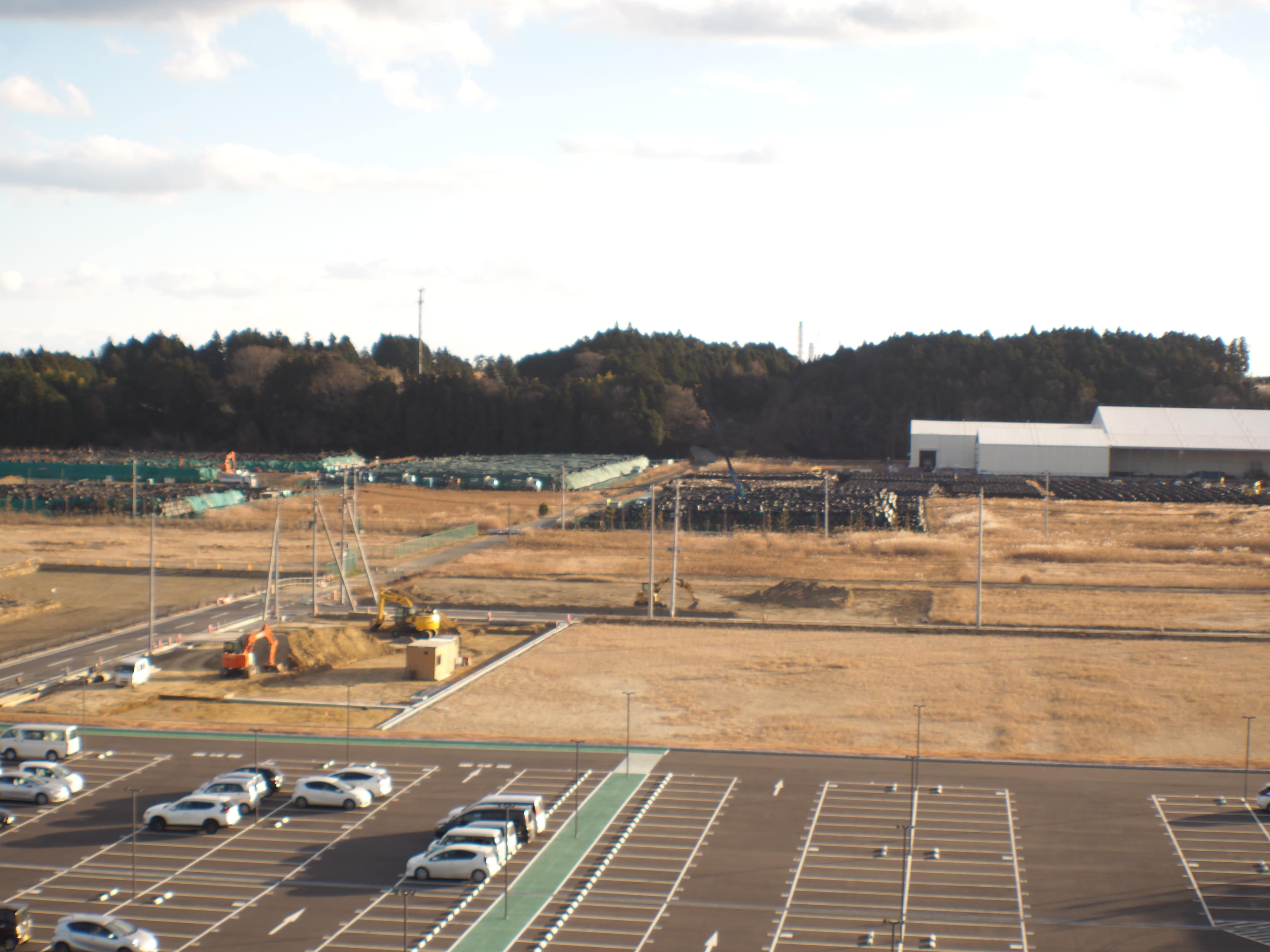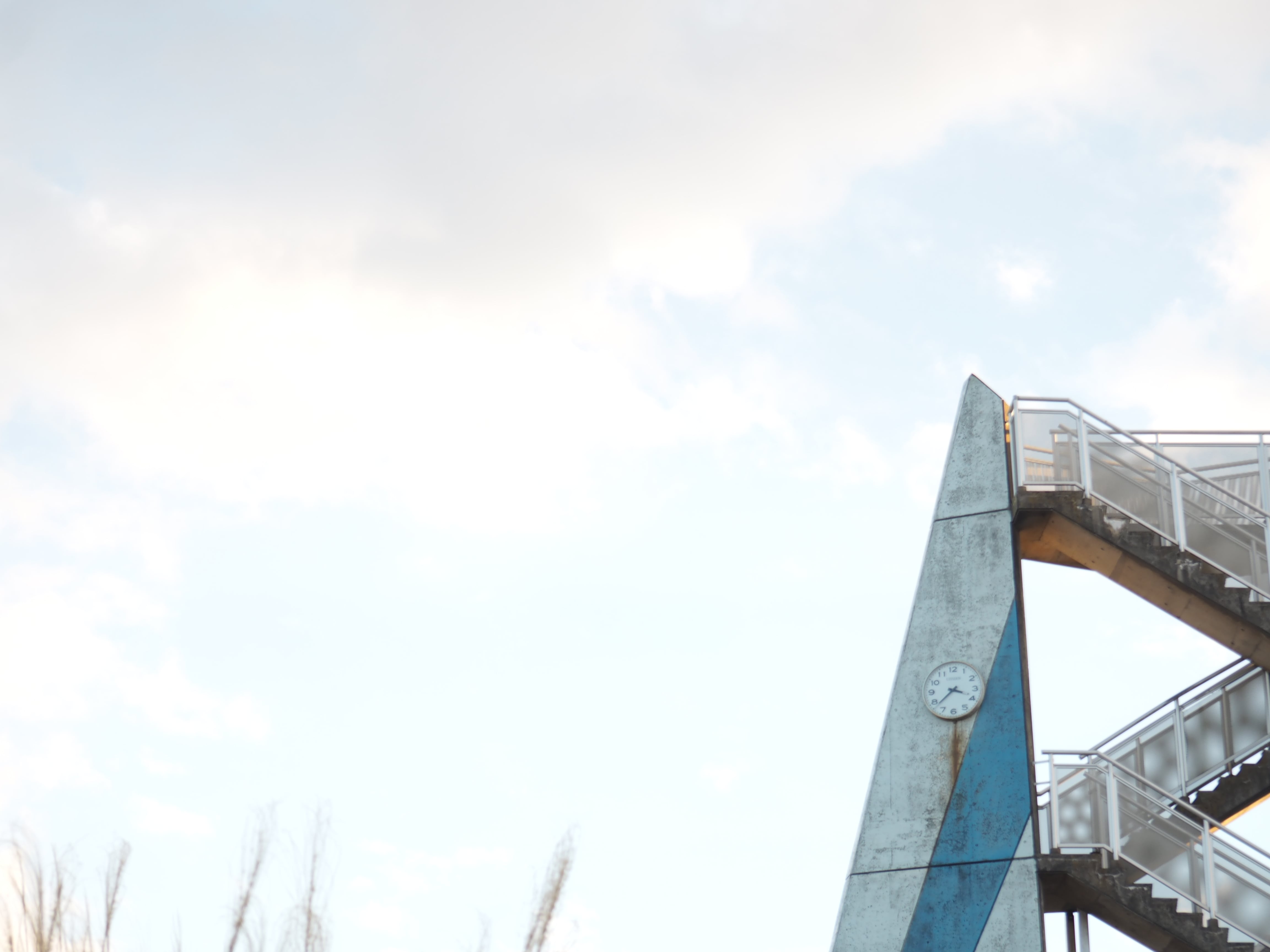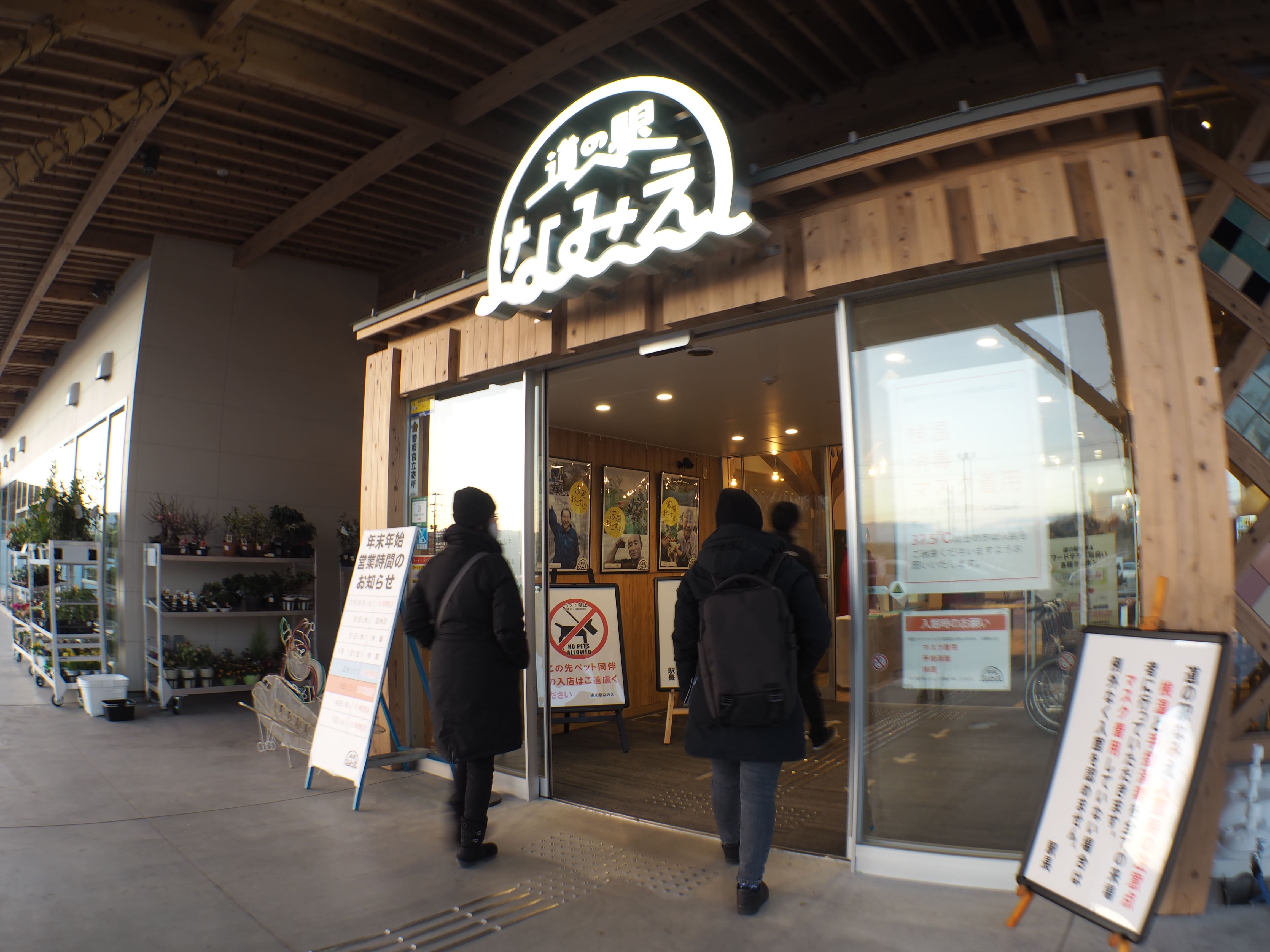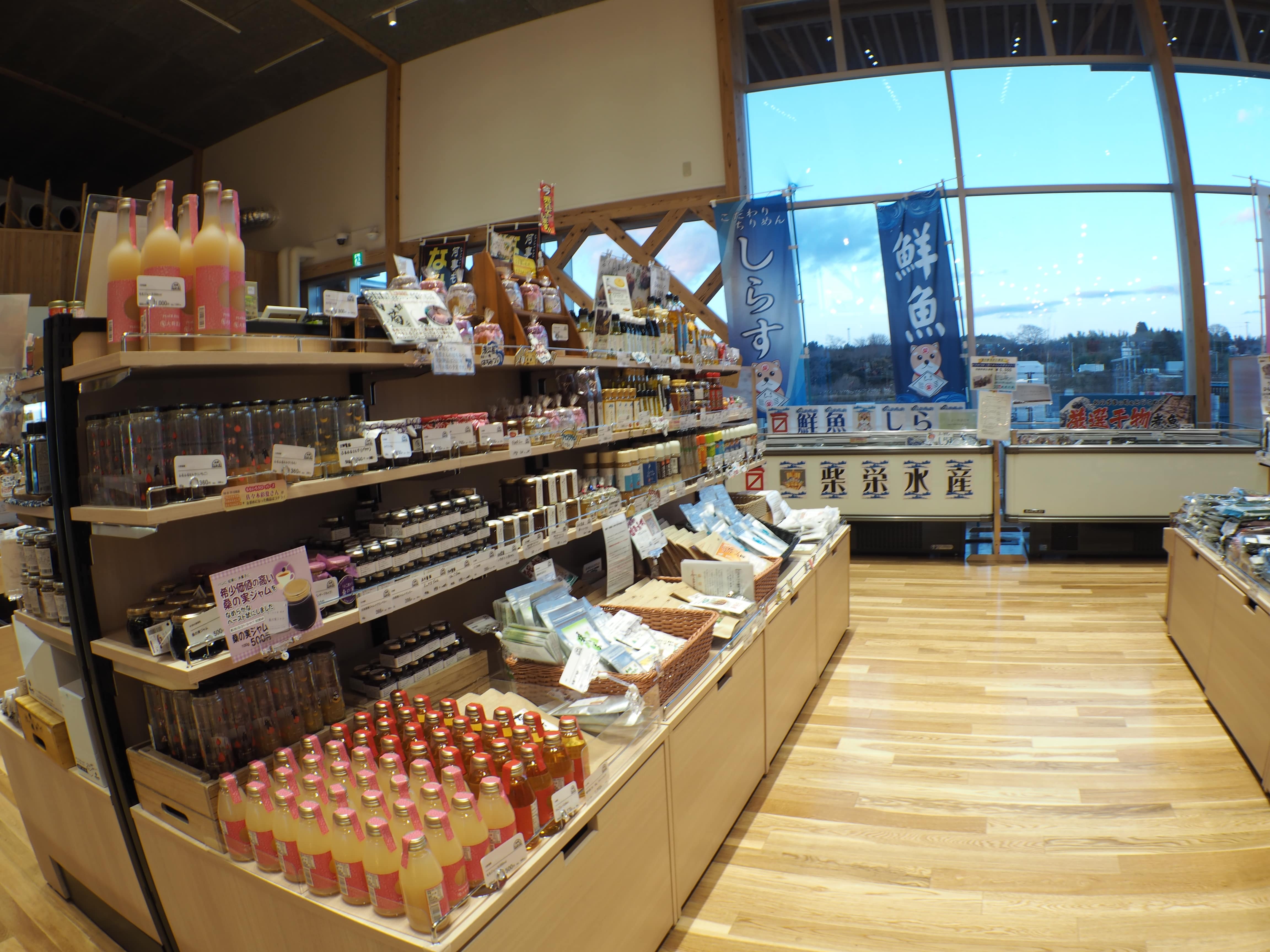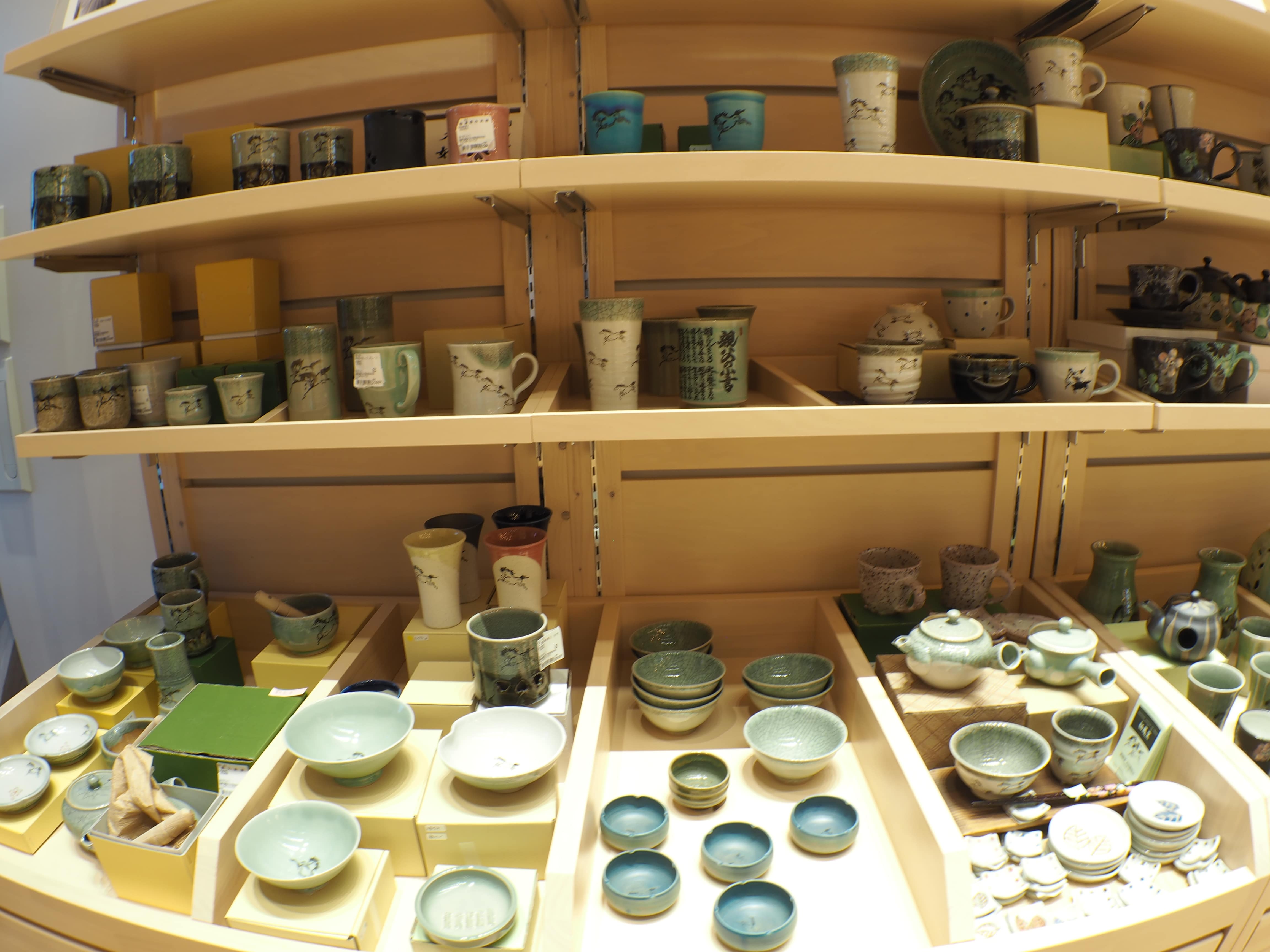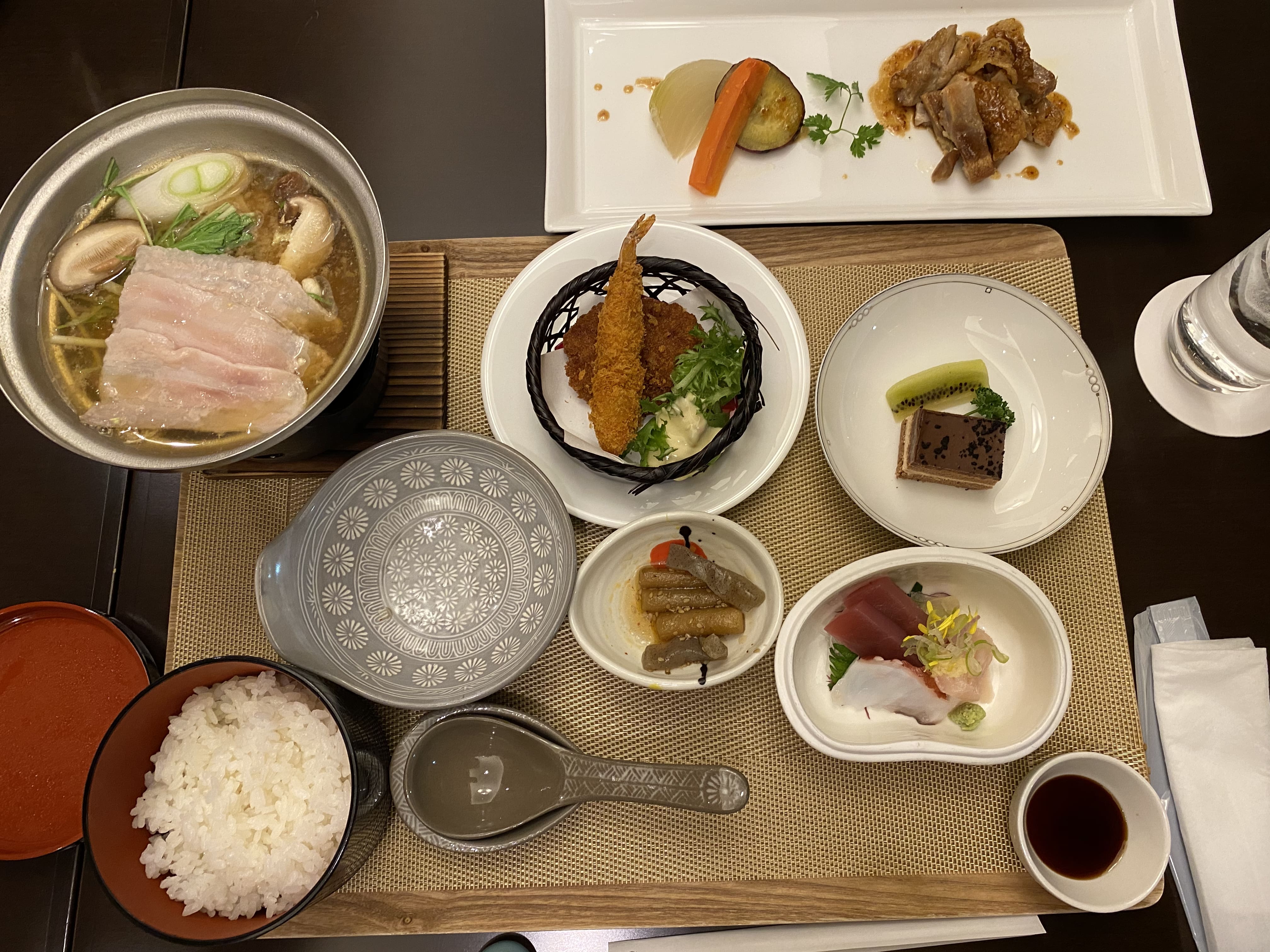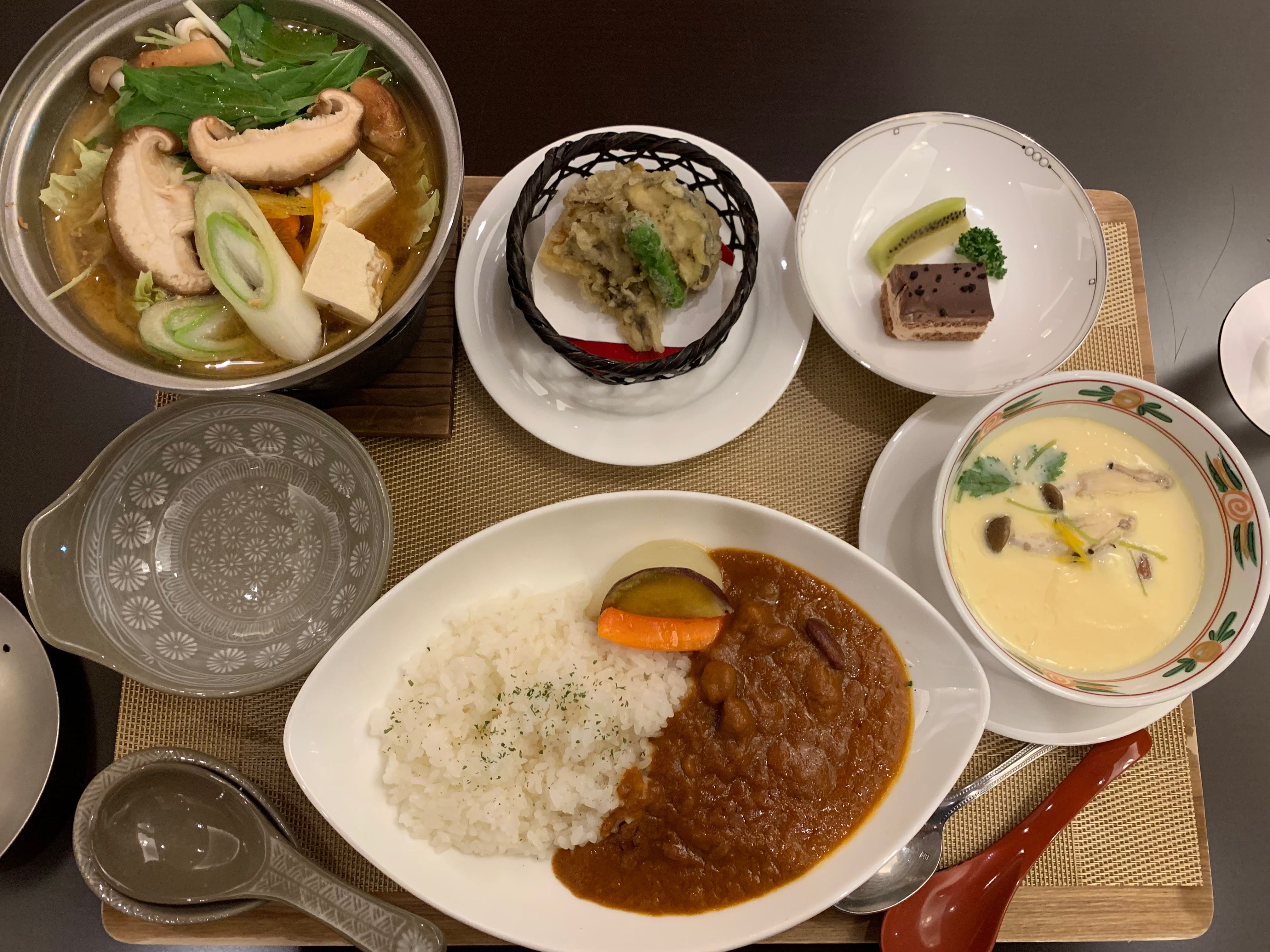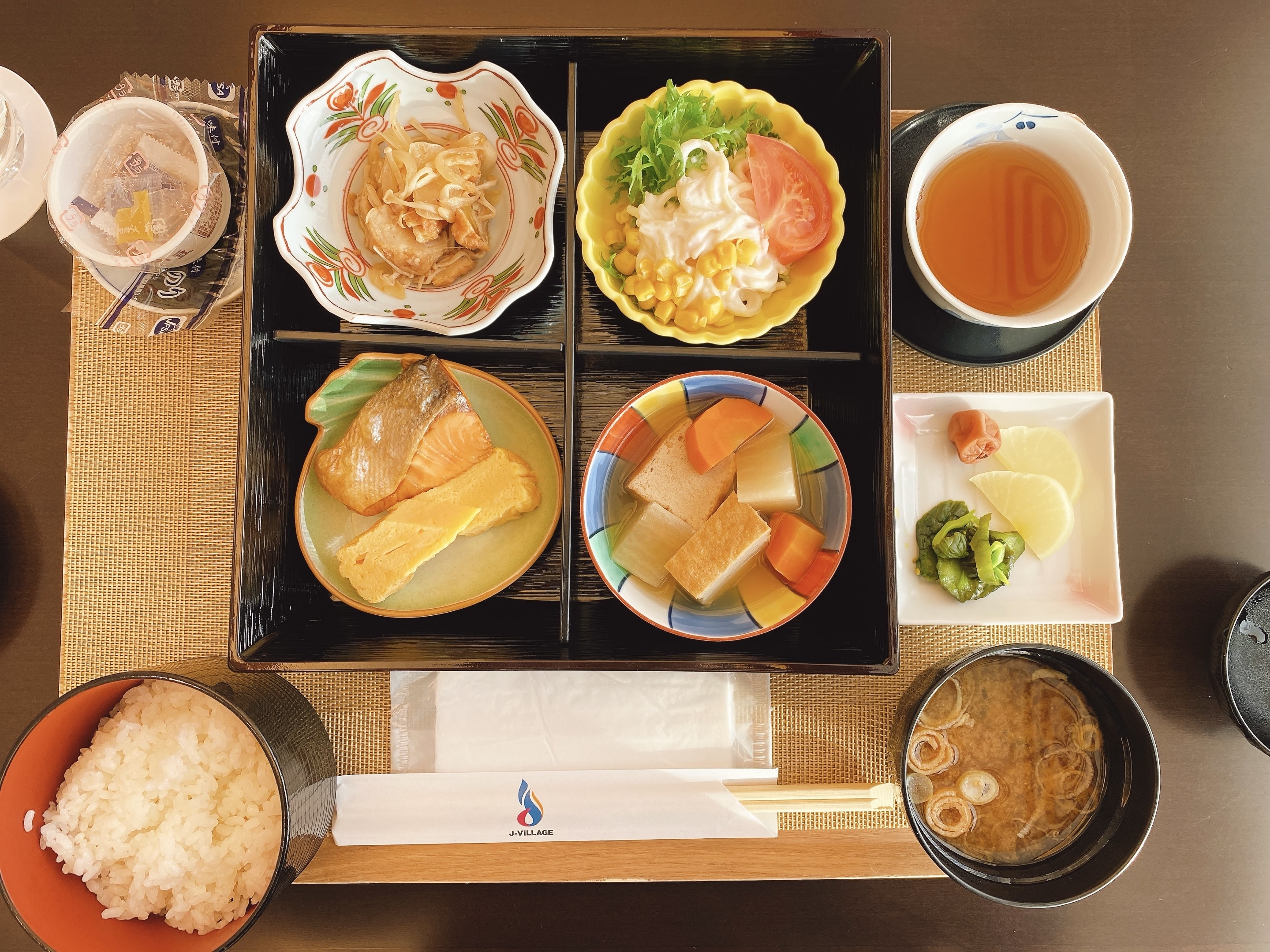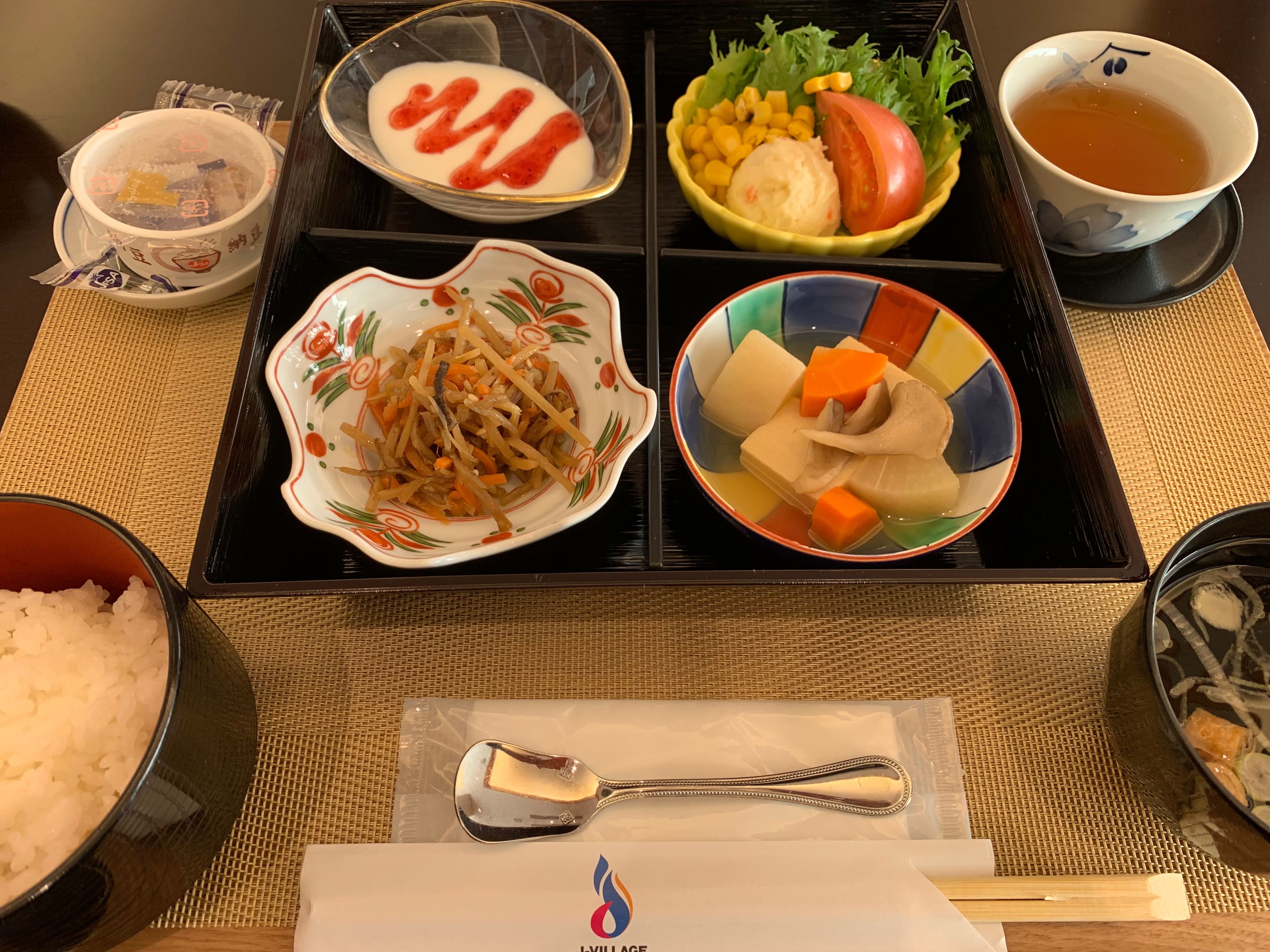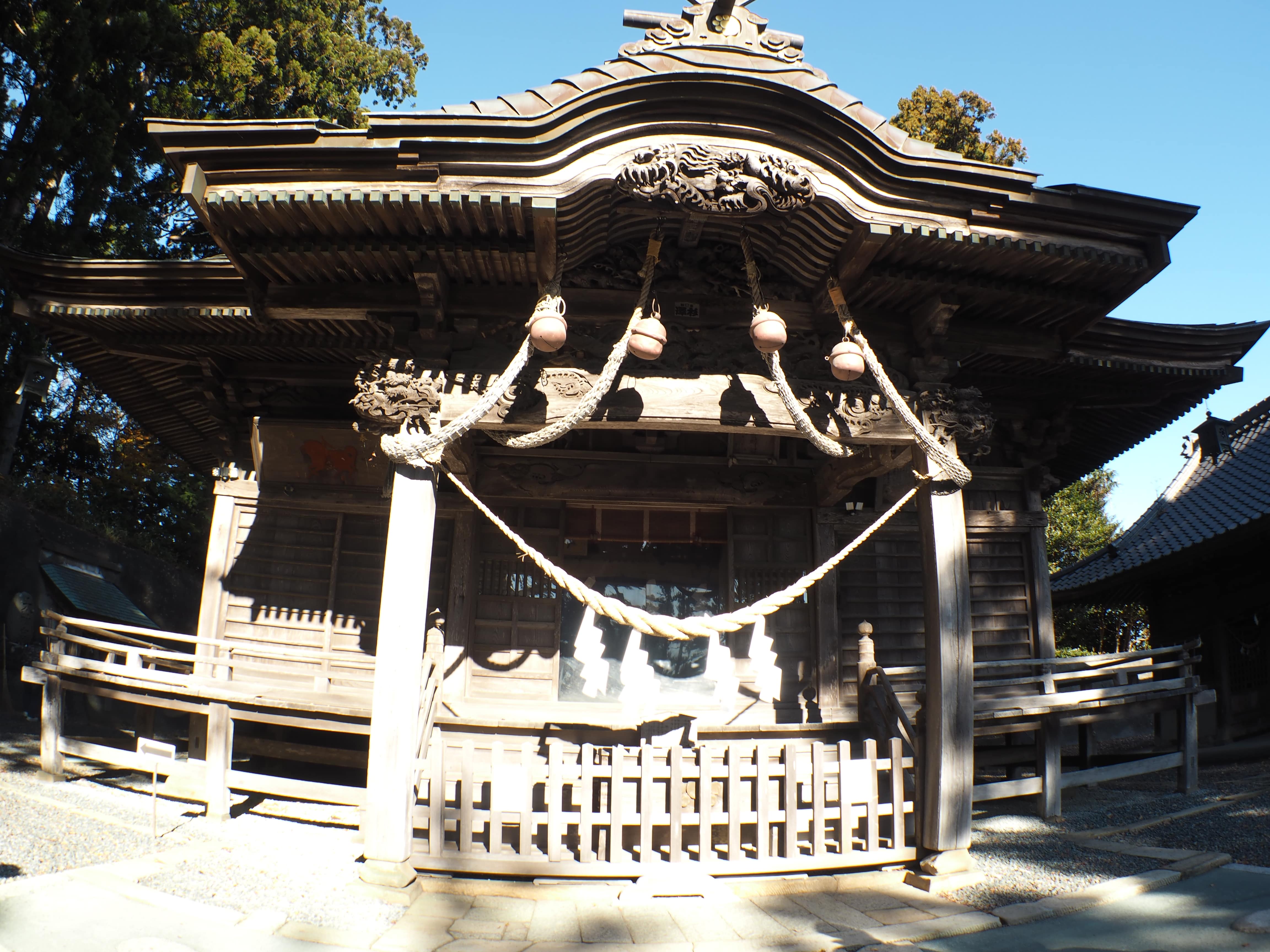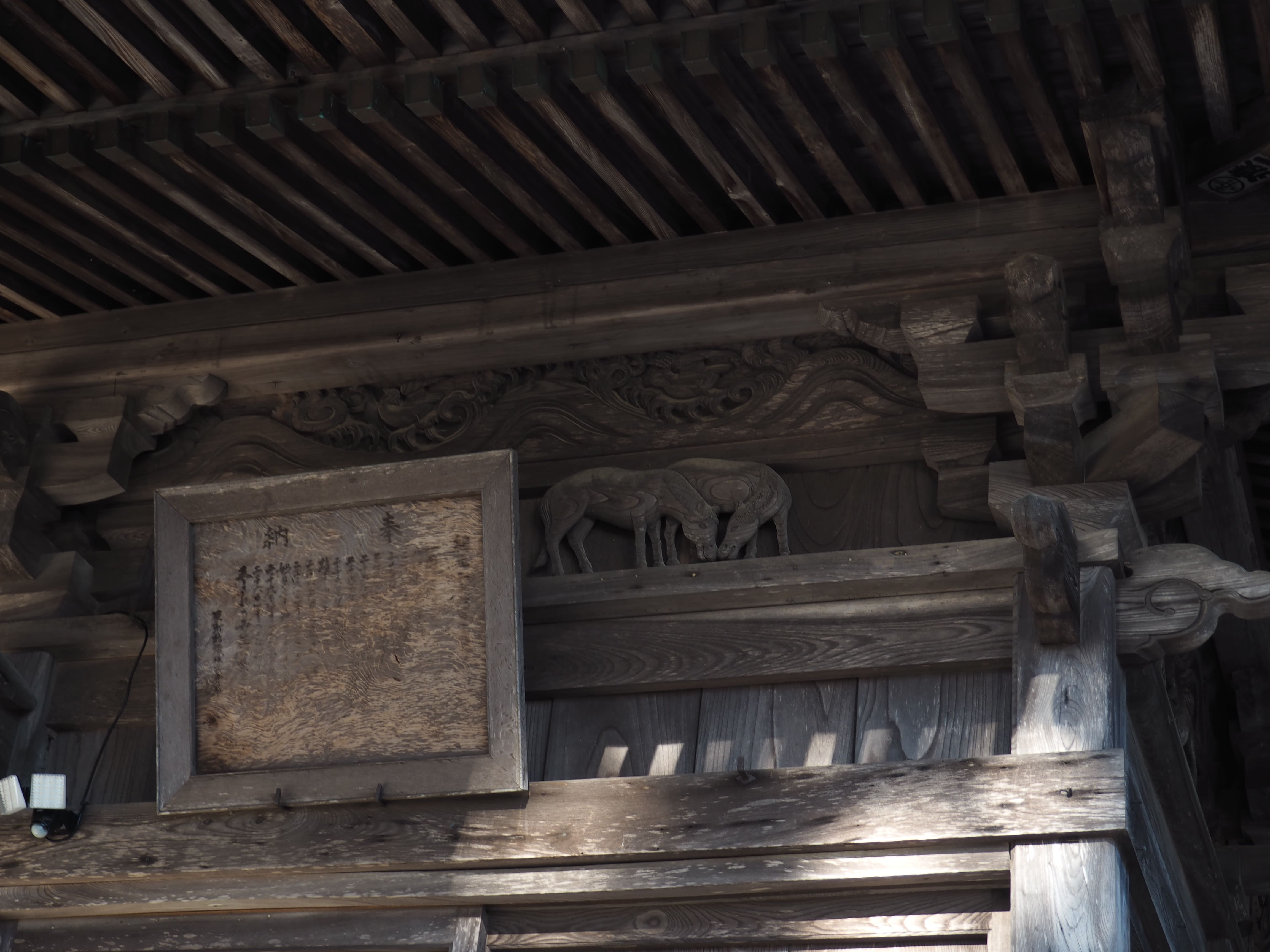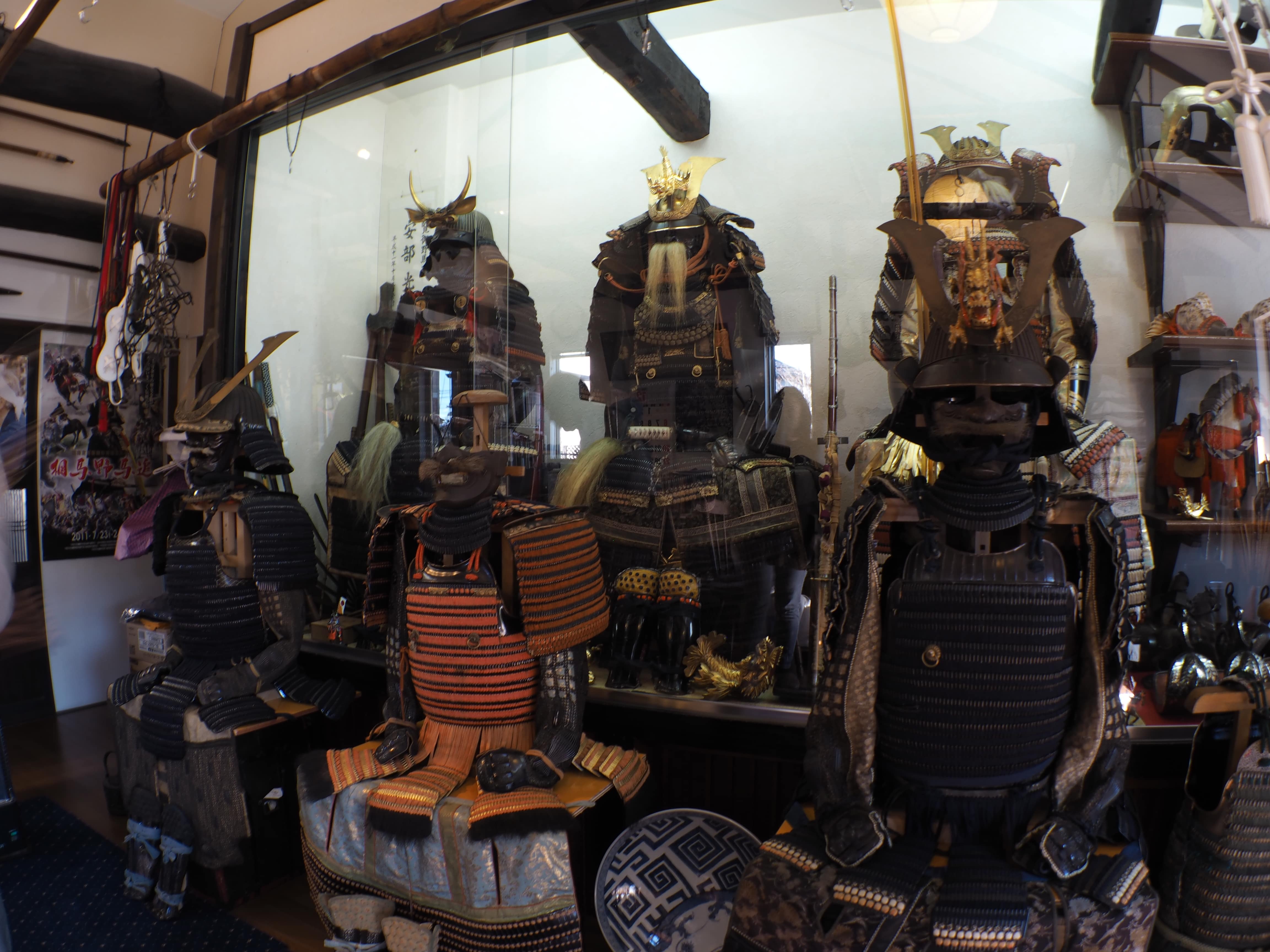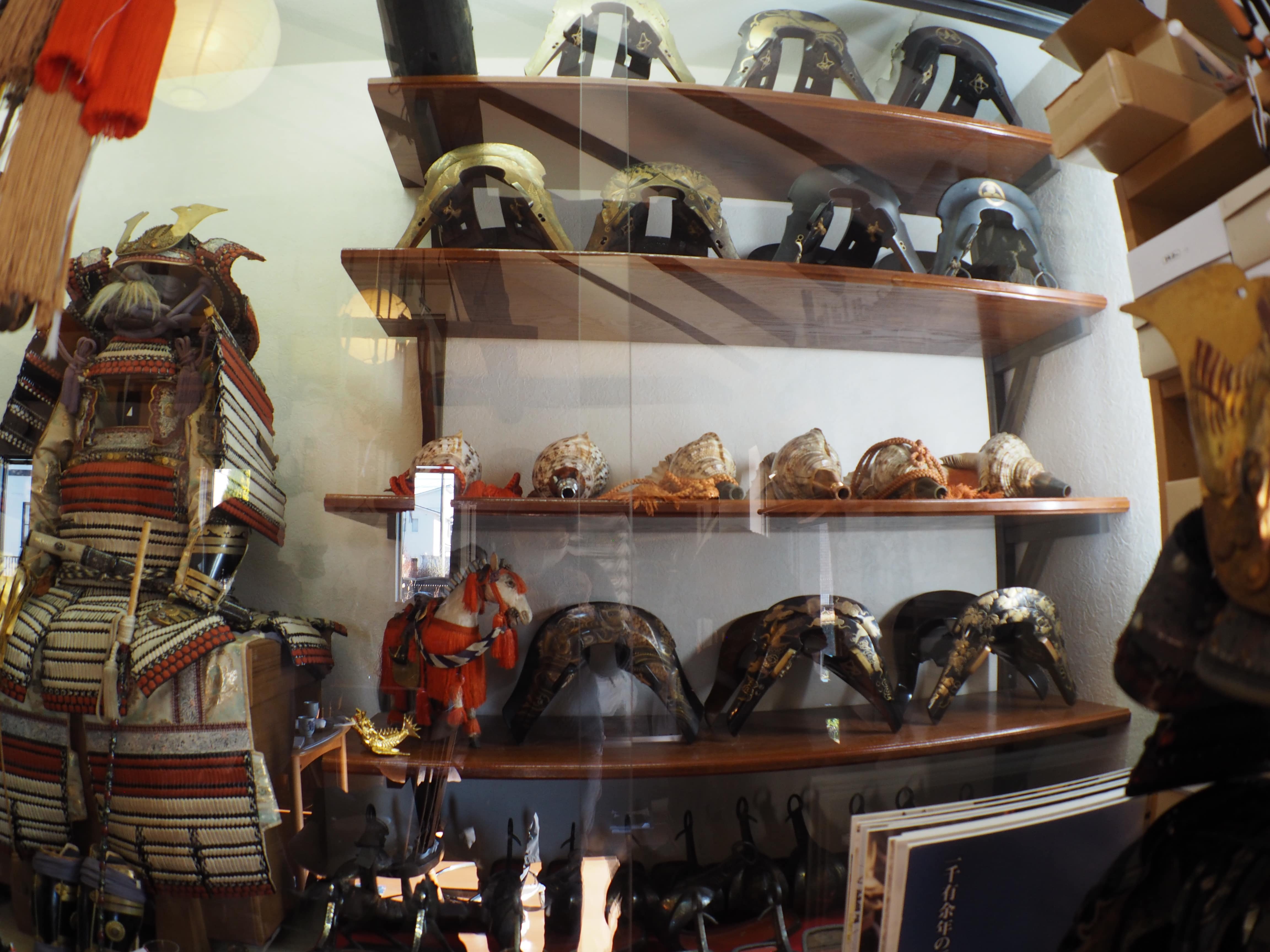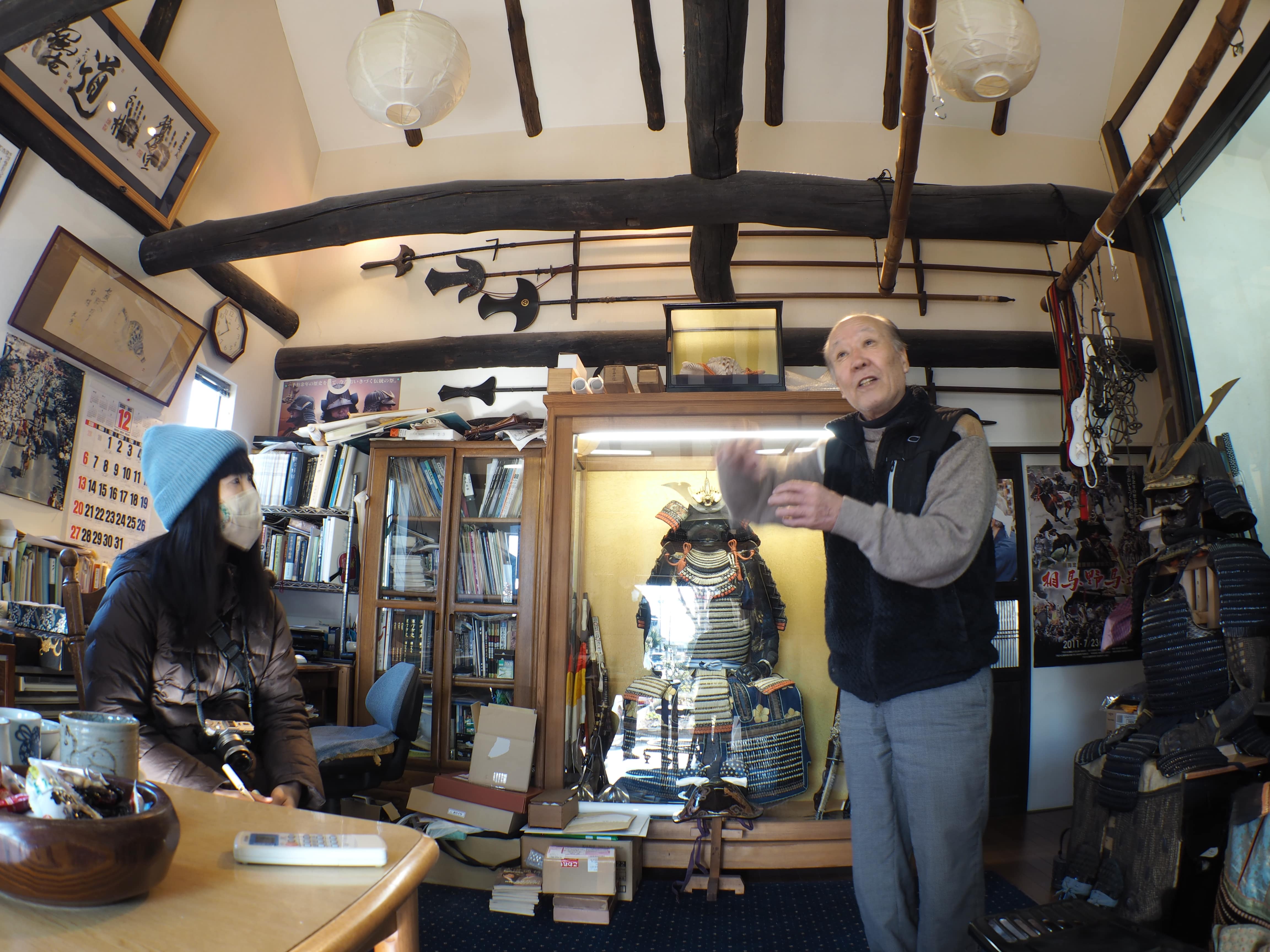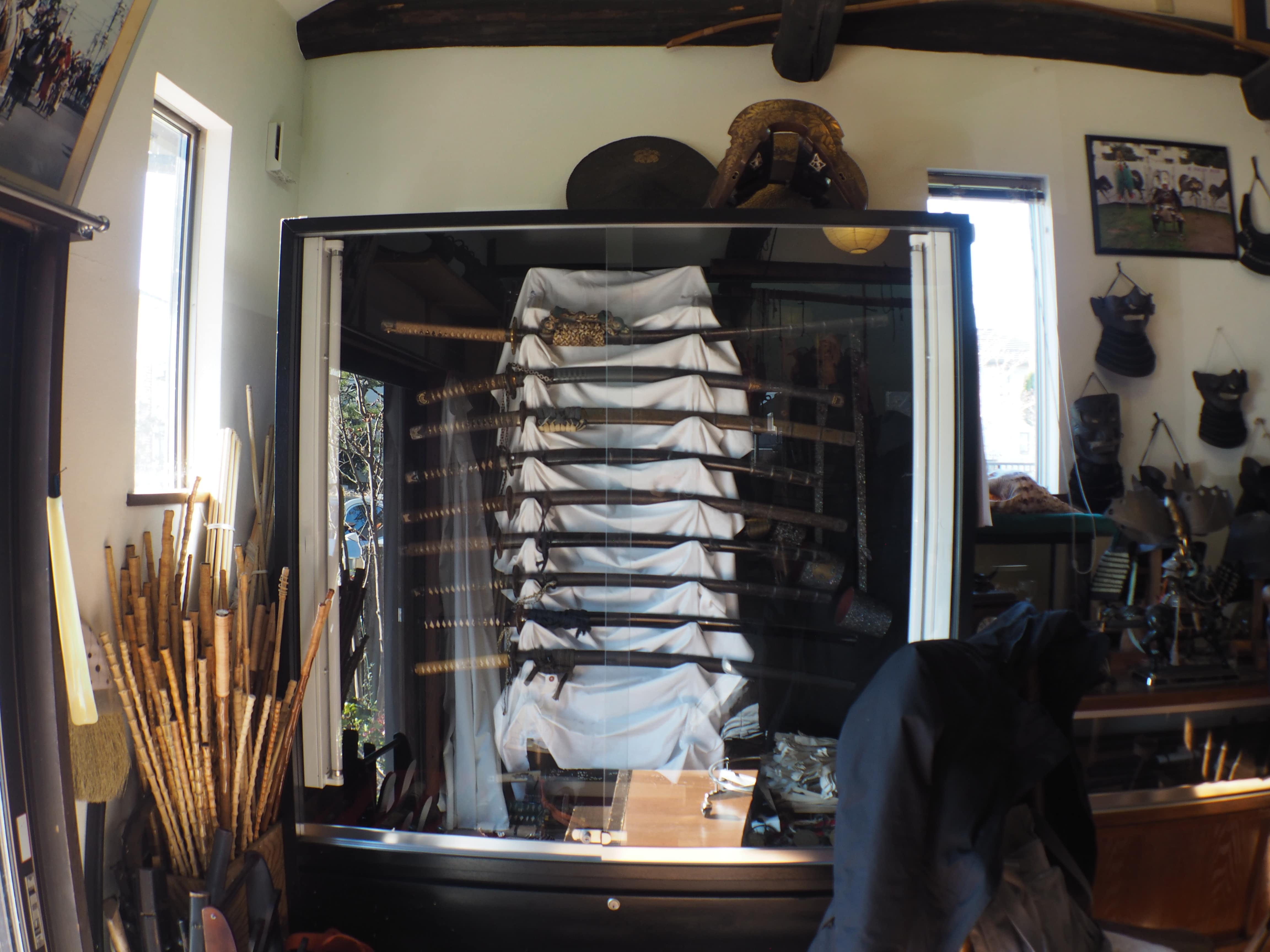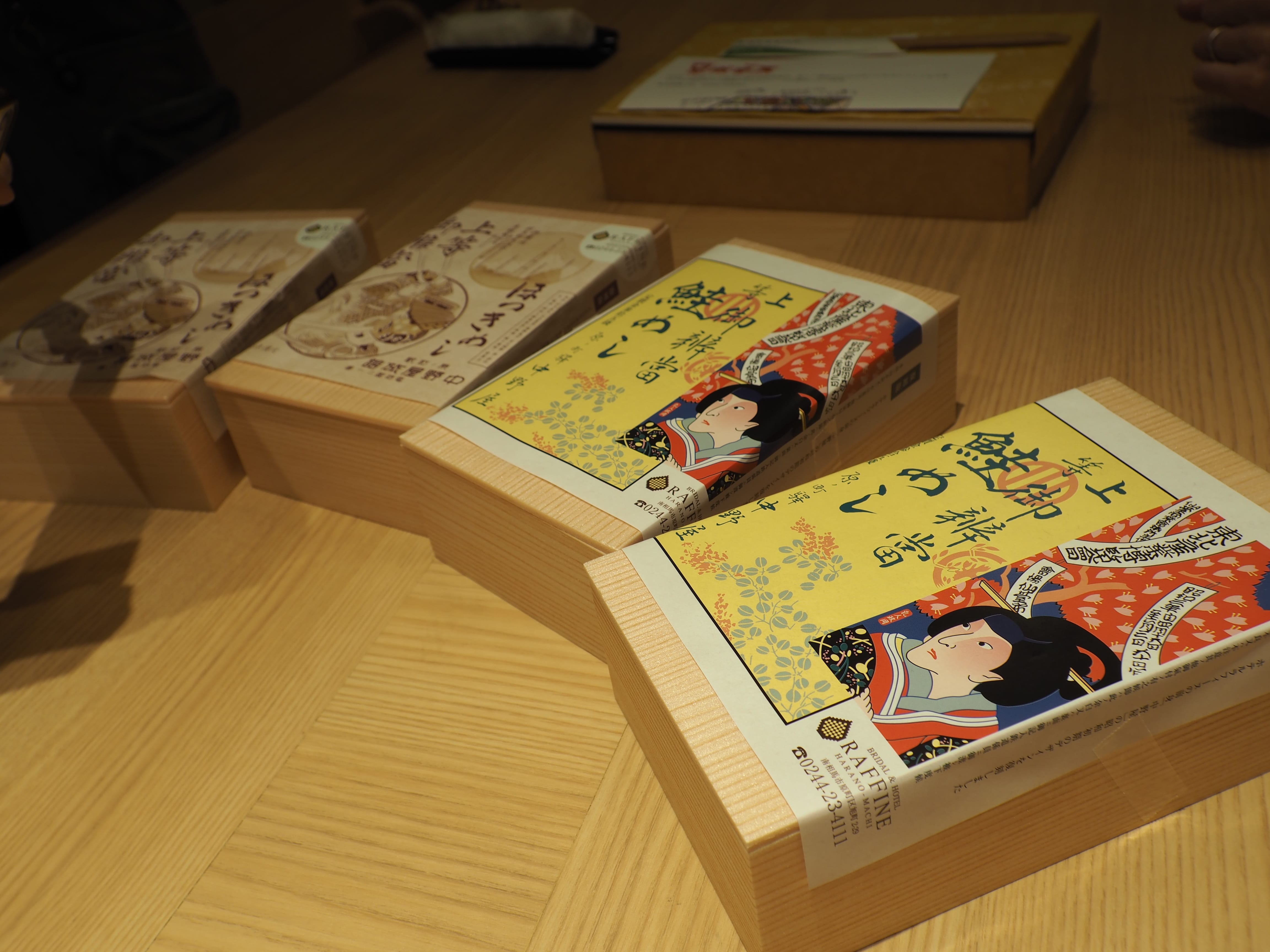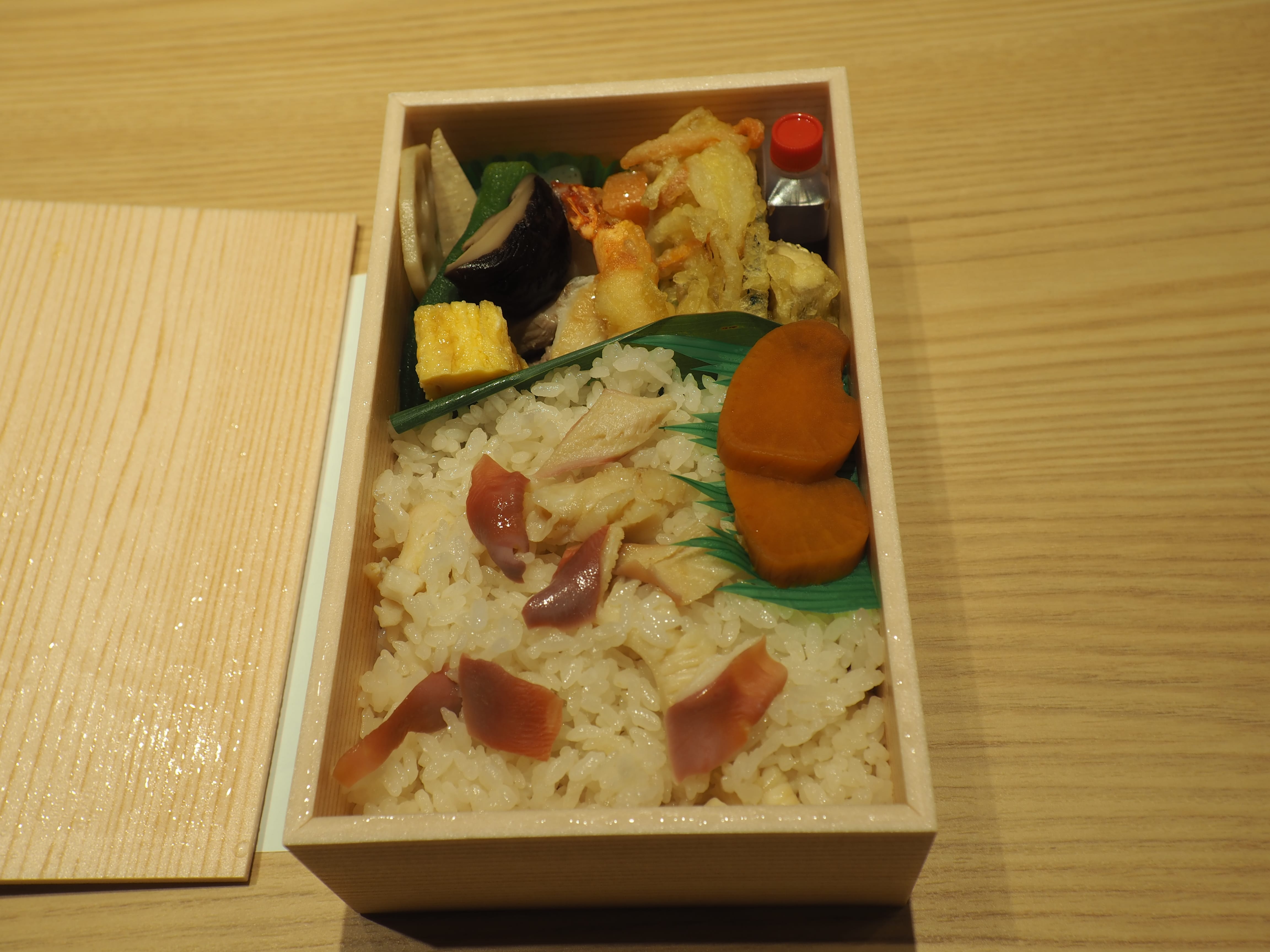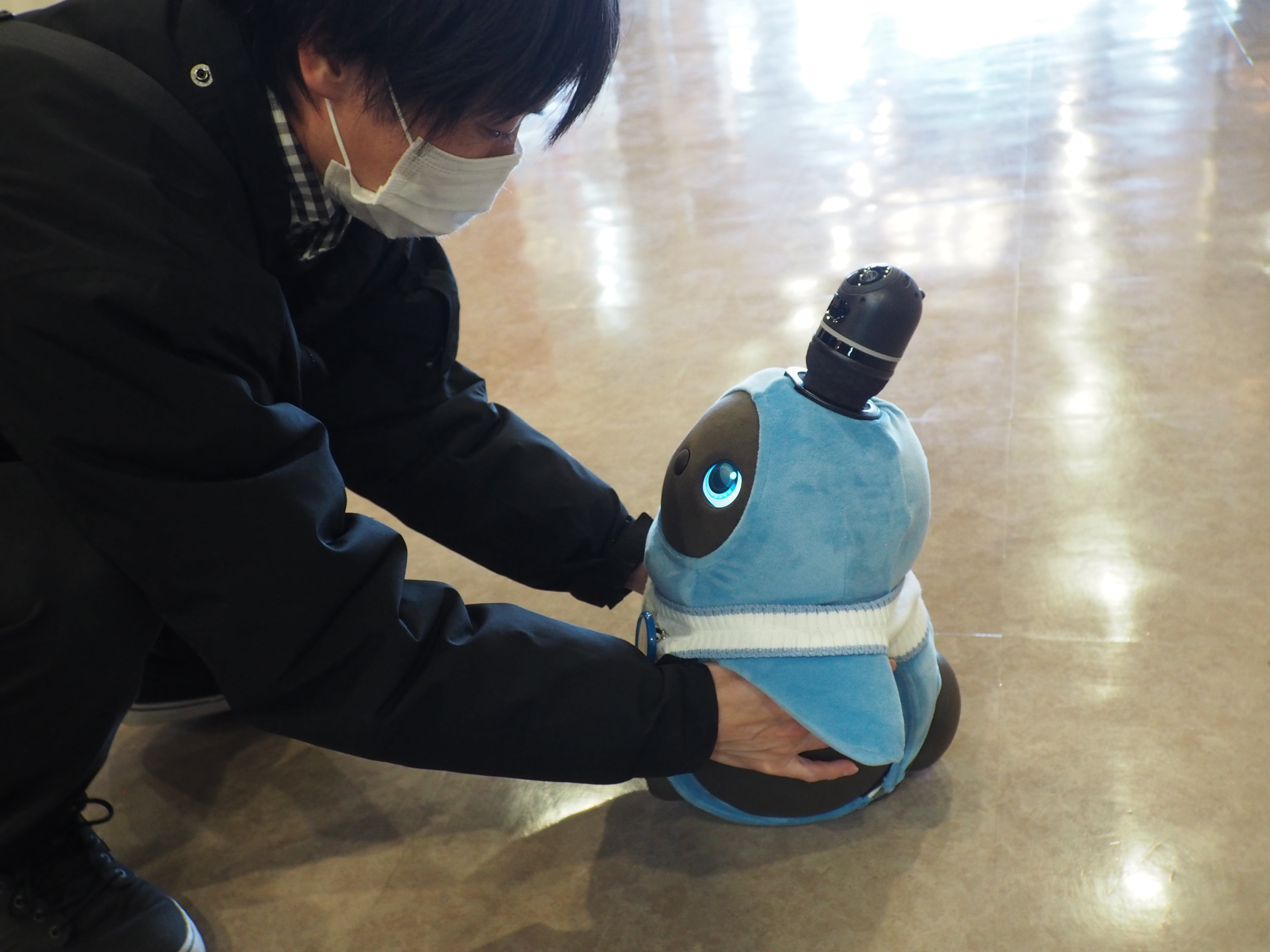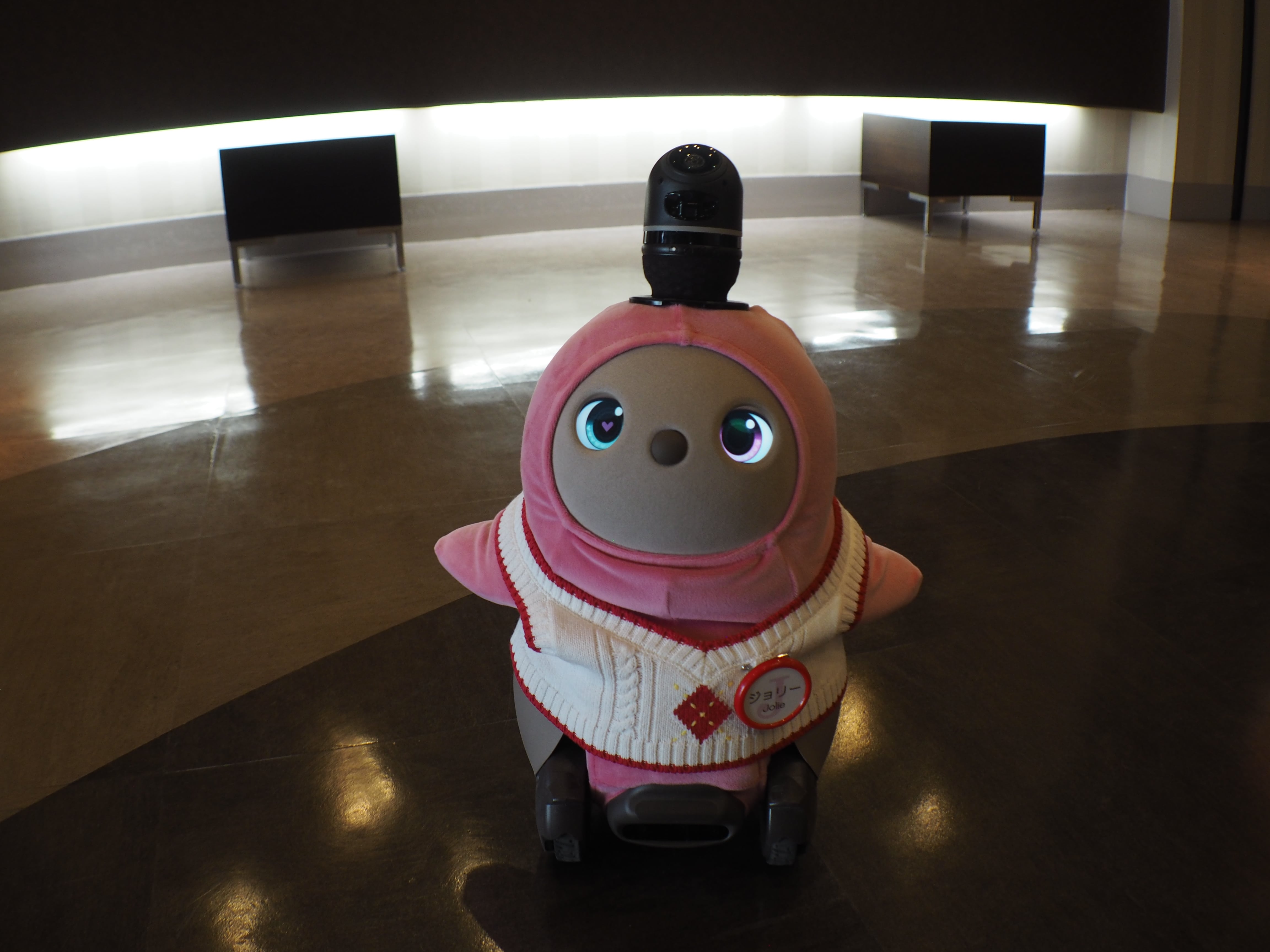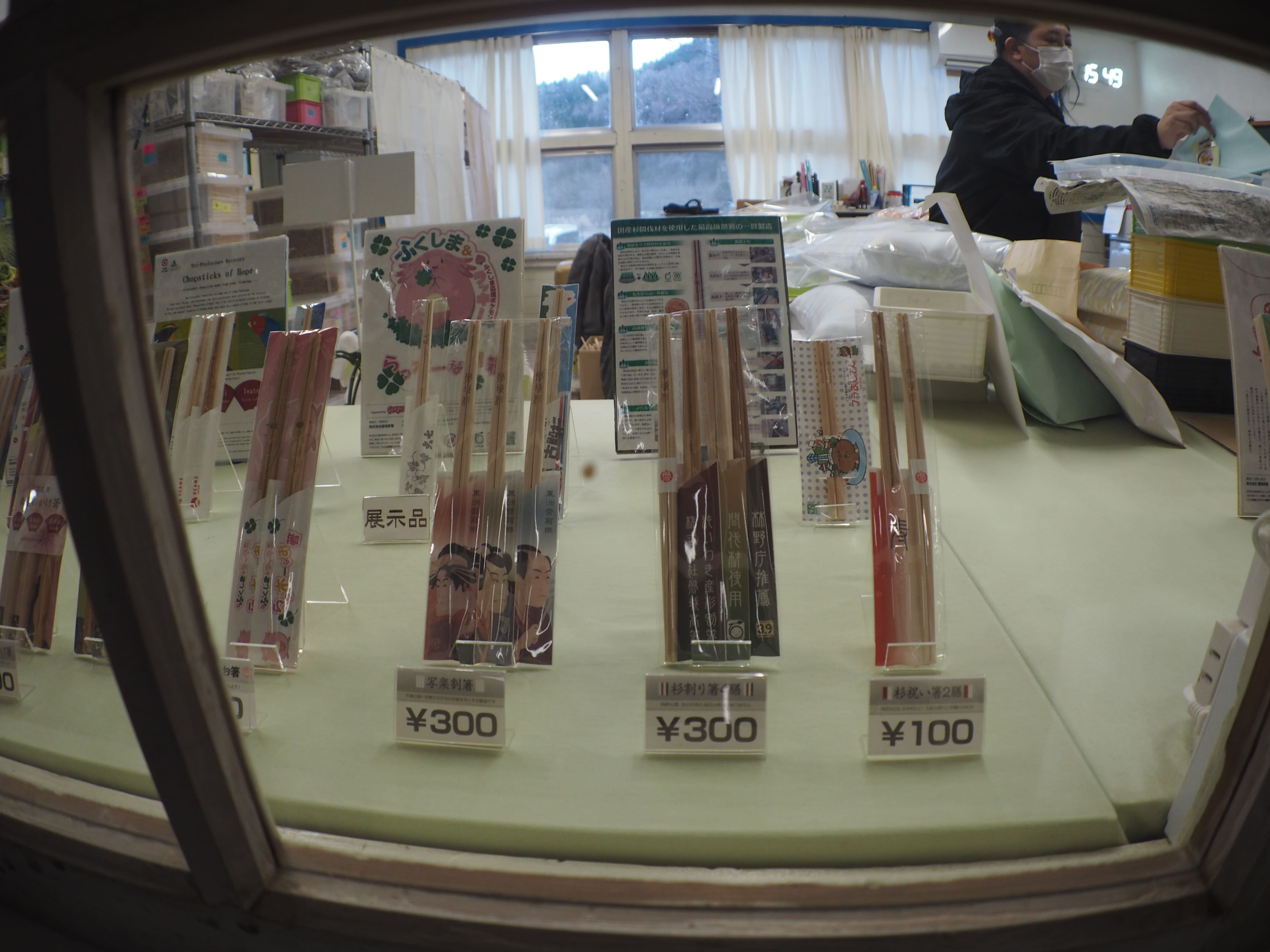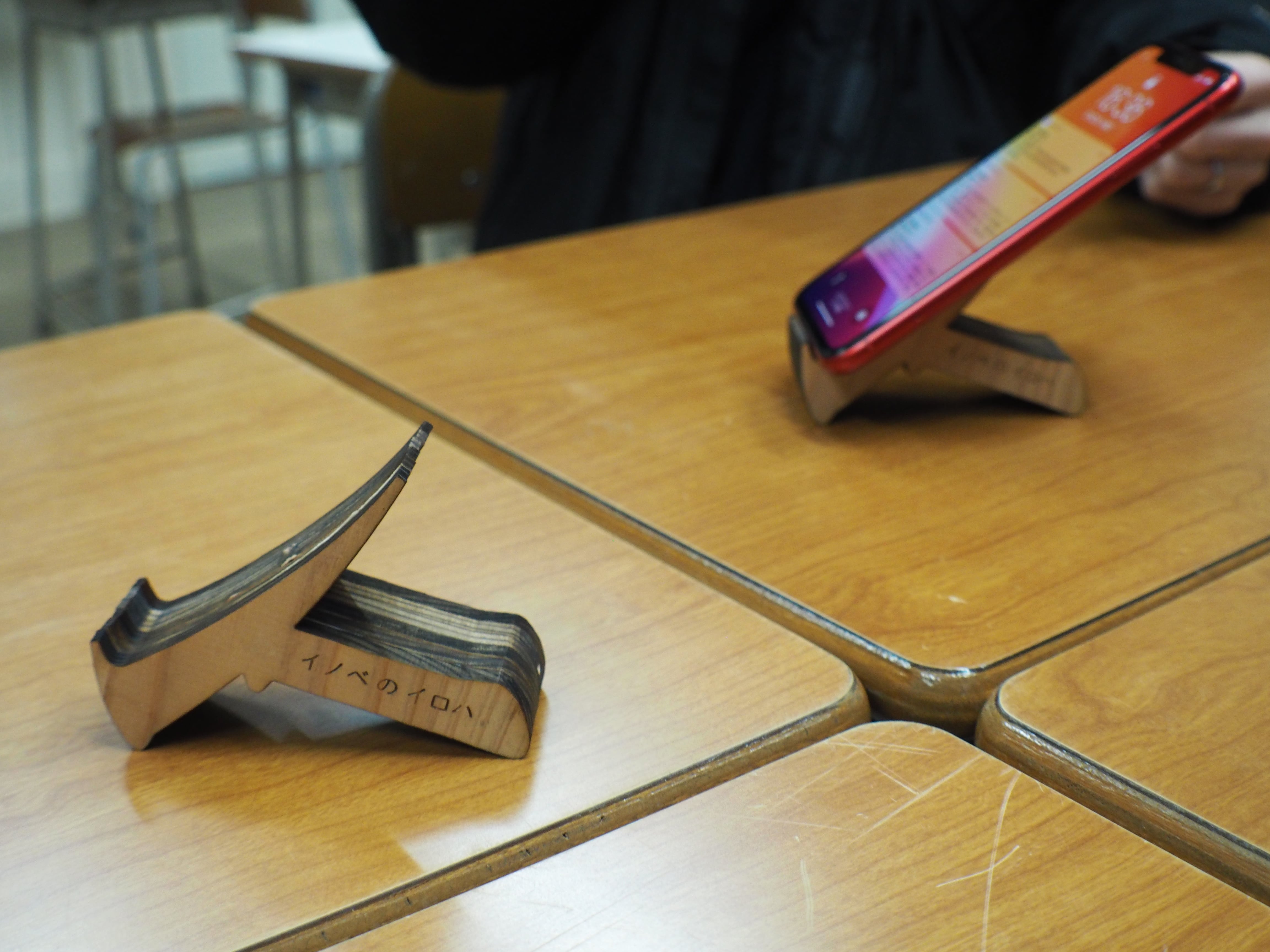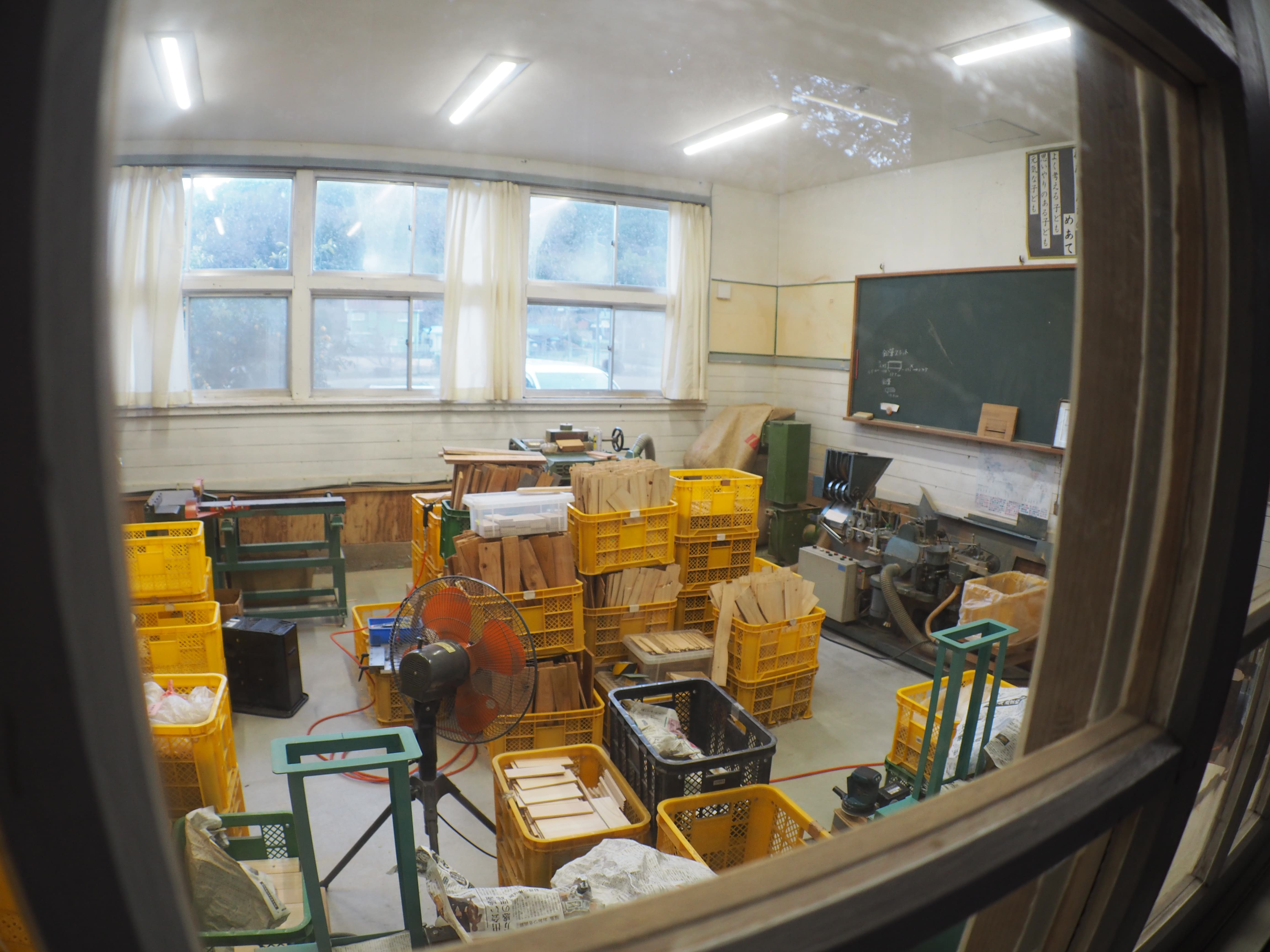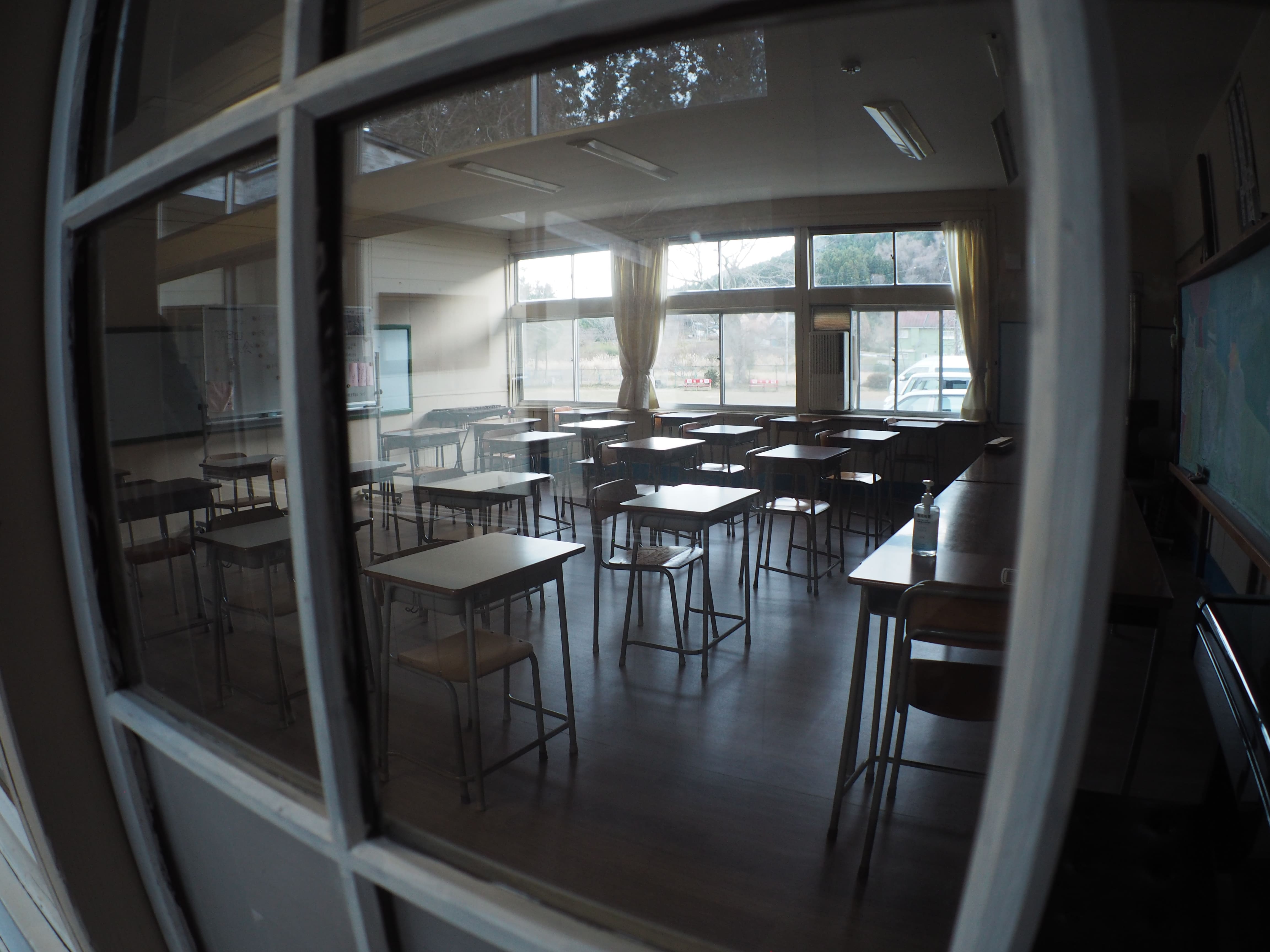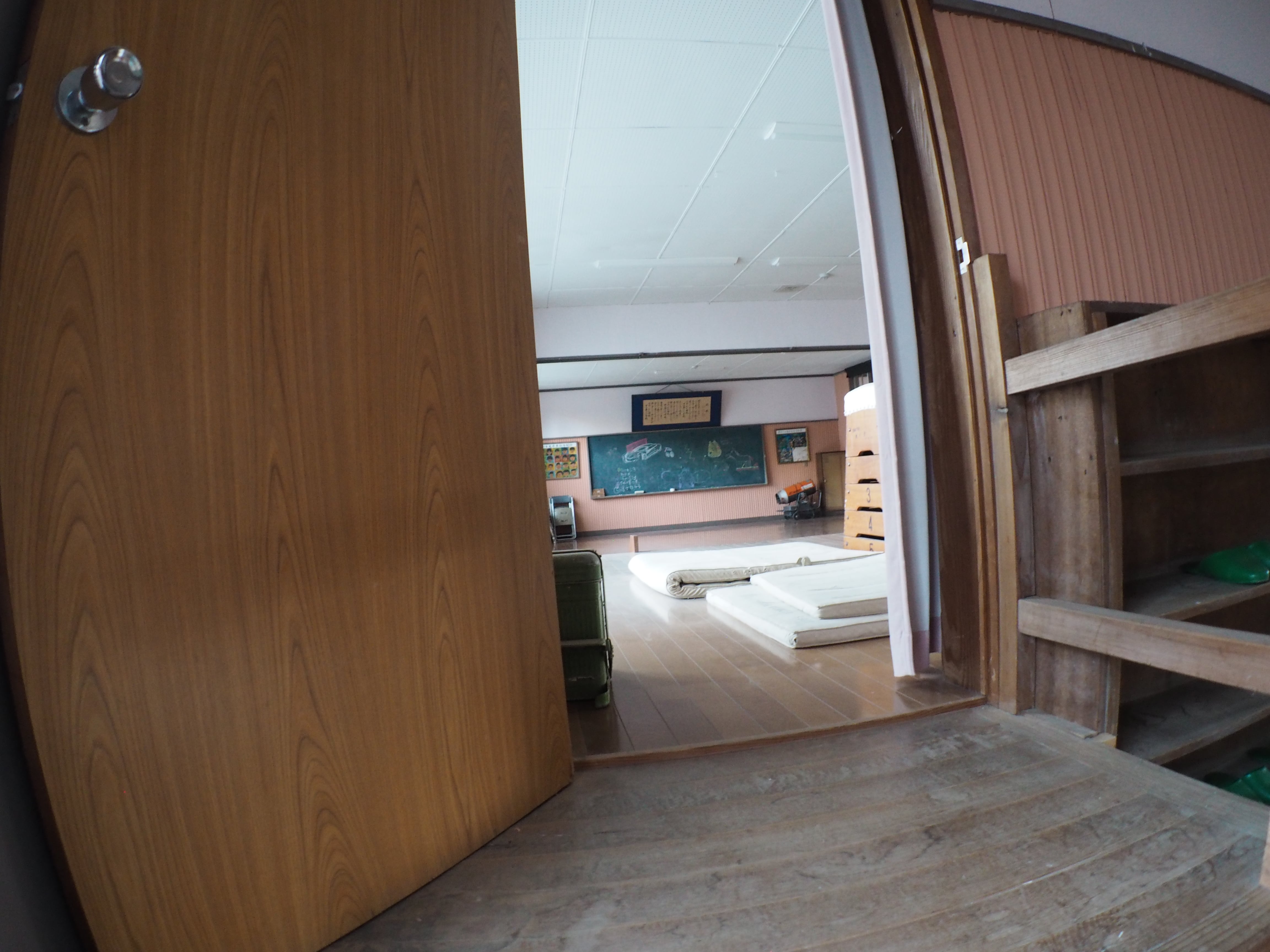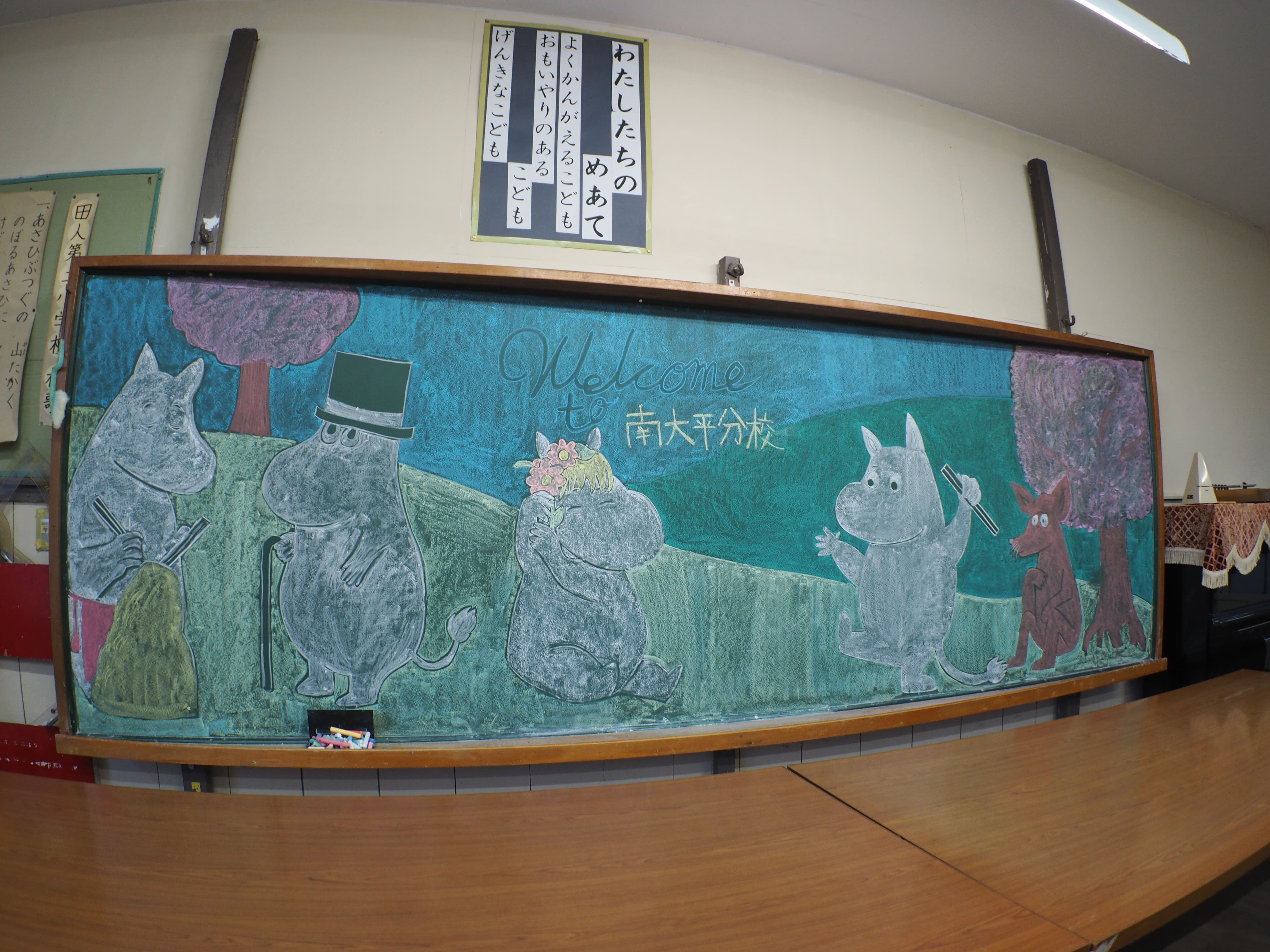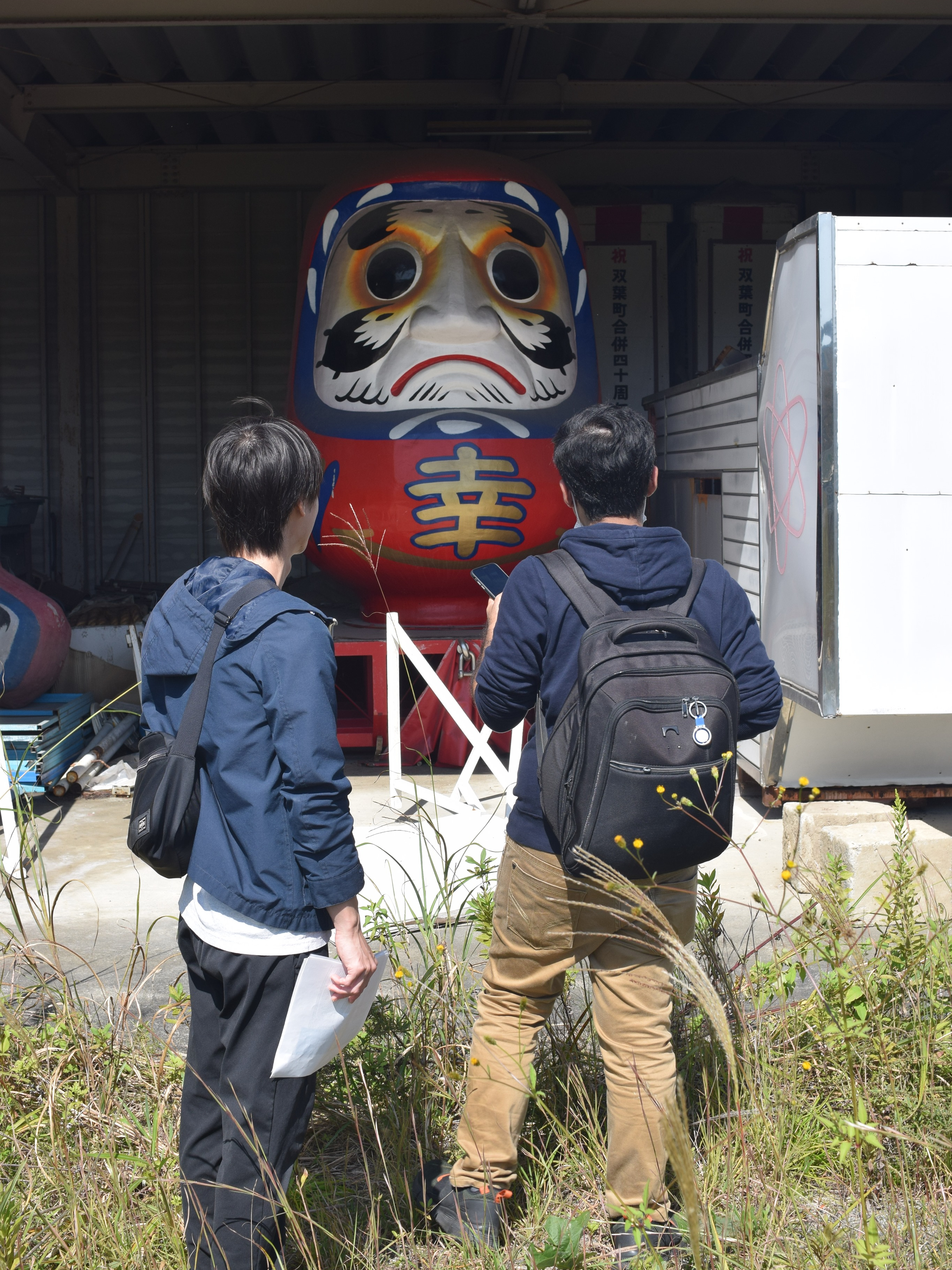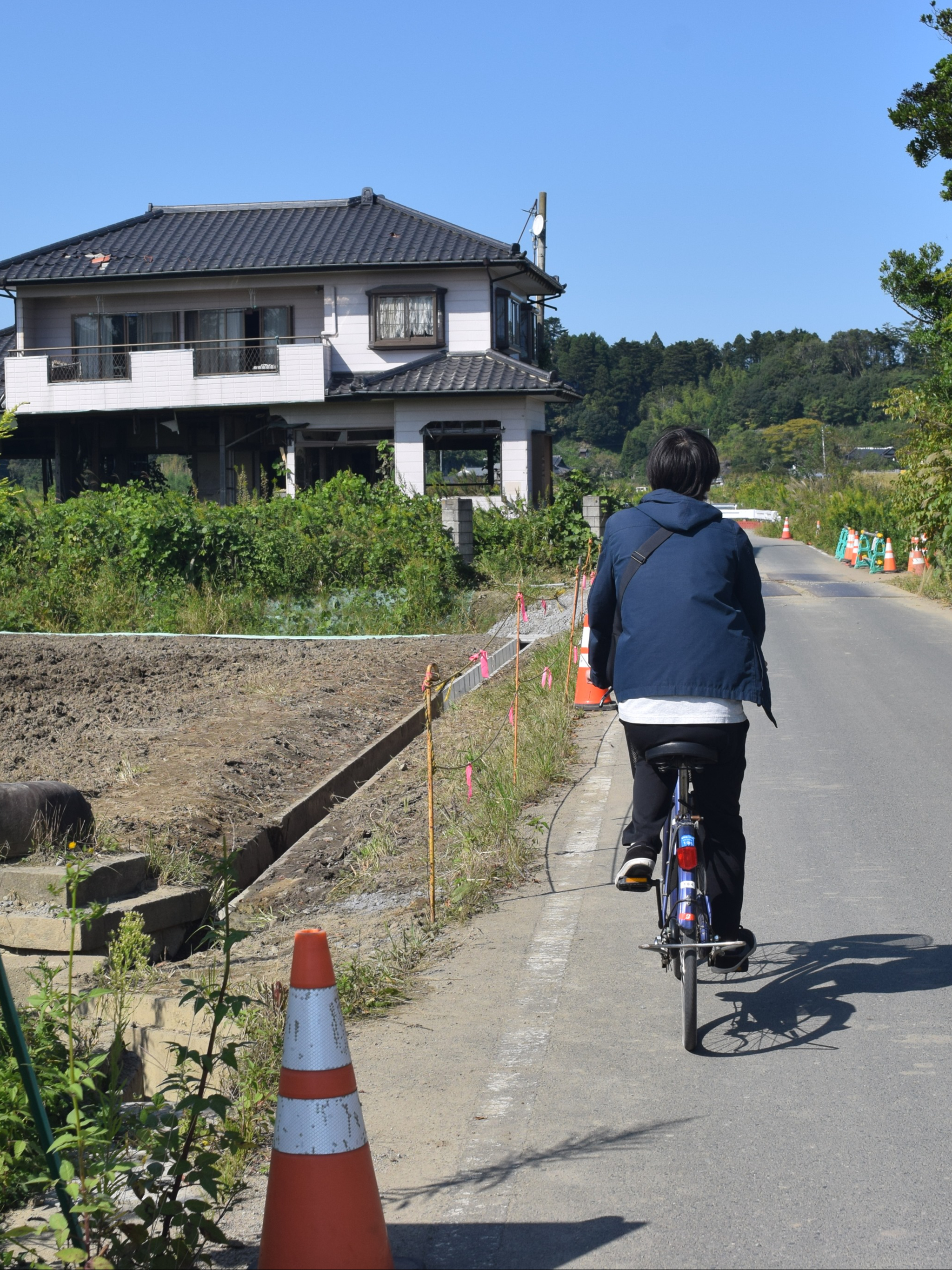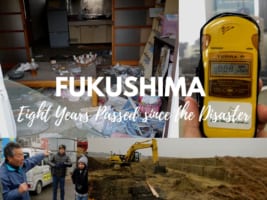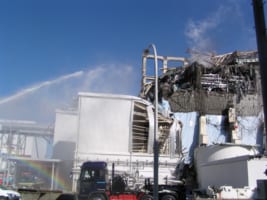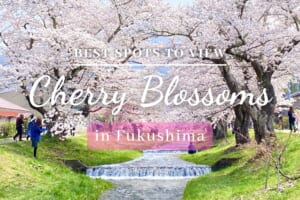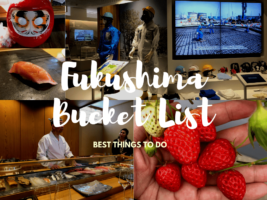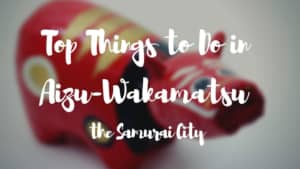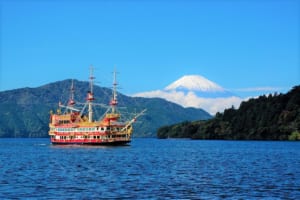2 Days Itinerary in Fukushima
Getting to know Fukushima 10 years after nuclear disaster
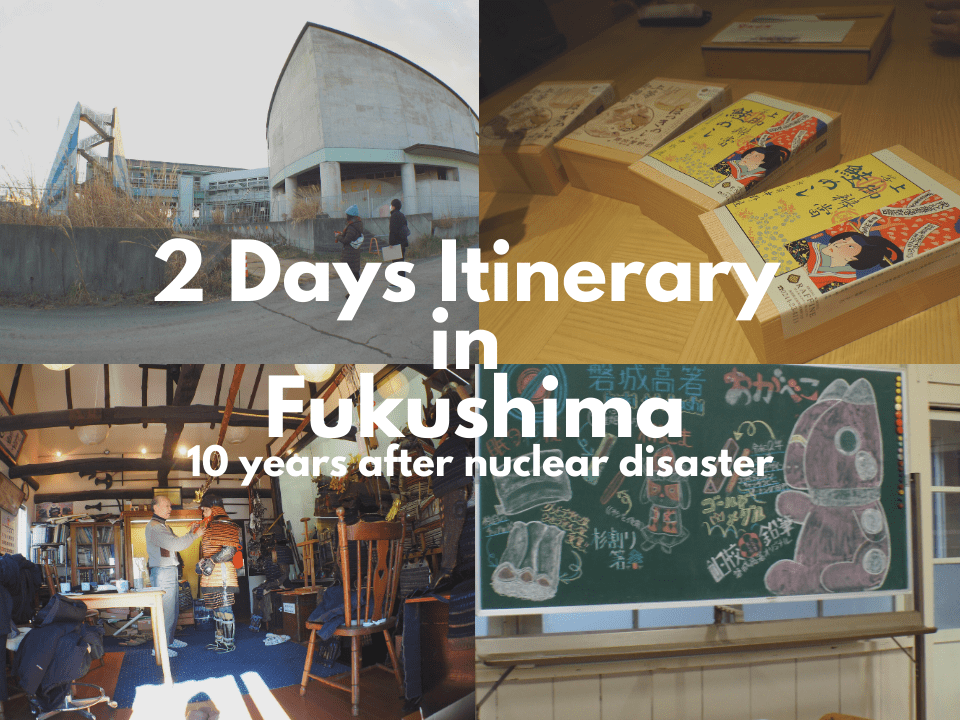
Fukushima Japan. A prefecture located just over 200 km north of Tokyo, is a peaceful and calm area with a rich history and delicious local food.
Relatively, it wasn’t a very well-known area, but after 2011, Fukushima has become well-known for unfortunate reasons.
On March 11, 2011, at 2:46 pm, the Great Tohoku Earthquake hit the north-east side of Japan. Subsequently, this was followed by numerous large Tsunami hitting the pacific shores.
This caused over 15,000 deaths and over 2,500 missing people in the affected areas.
At Fukushima, there was an additional disaster which was the Fukushima Daiichi nuclear accident, making it a triple disaster.
Back then, you would see and hear on the news, how devastating things were.
It has been 10 years since these disasters happened, and we don’t hear much about how things are going in Fukushima.
- What actually happened 10 years ago?
- Is it safe to go there now?
- What happened to the people living in the affected areas?
- How are things right now?
You might have these kinds of questions. I know I did.
I was fortunate to take part in a 2-day tour that would not only answer these questions but also change my perspective on Fukushima. I also got to learn more about the history and culture of the area.
▶︎Fukushima Daiichi Nuclear Power Plant Visit 2-Day Tour from Tokyo
*Please note that this article contains affiliate links.
Day 1

The tour started at Tokyo Station(7:50 am). Before heading to Fukushima, Hirasawa-san(one of our guides) explained to us the itinerary of this tour as well as the overview of the Great East Japan Earthquake and basic information about radiation.
The fear of radiation is the first thing that was addressed. First of all, Hirasawa-san explained to us how radiation is something that is present everywhere, no matter where in the world you are. It is also present in foods. As long as you are not exposed to large amounts of it, it is harmless.
She lent us a Geiger Counter so that we could compare the amount of radiation in different spots that we visit.
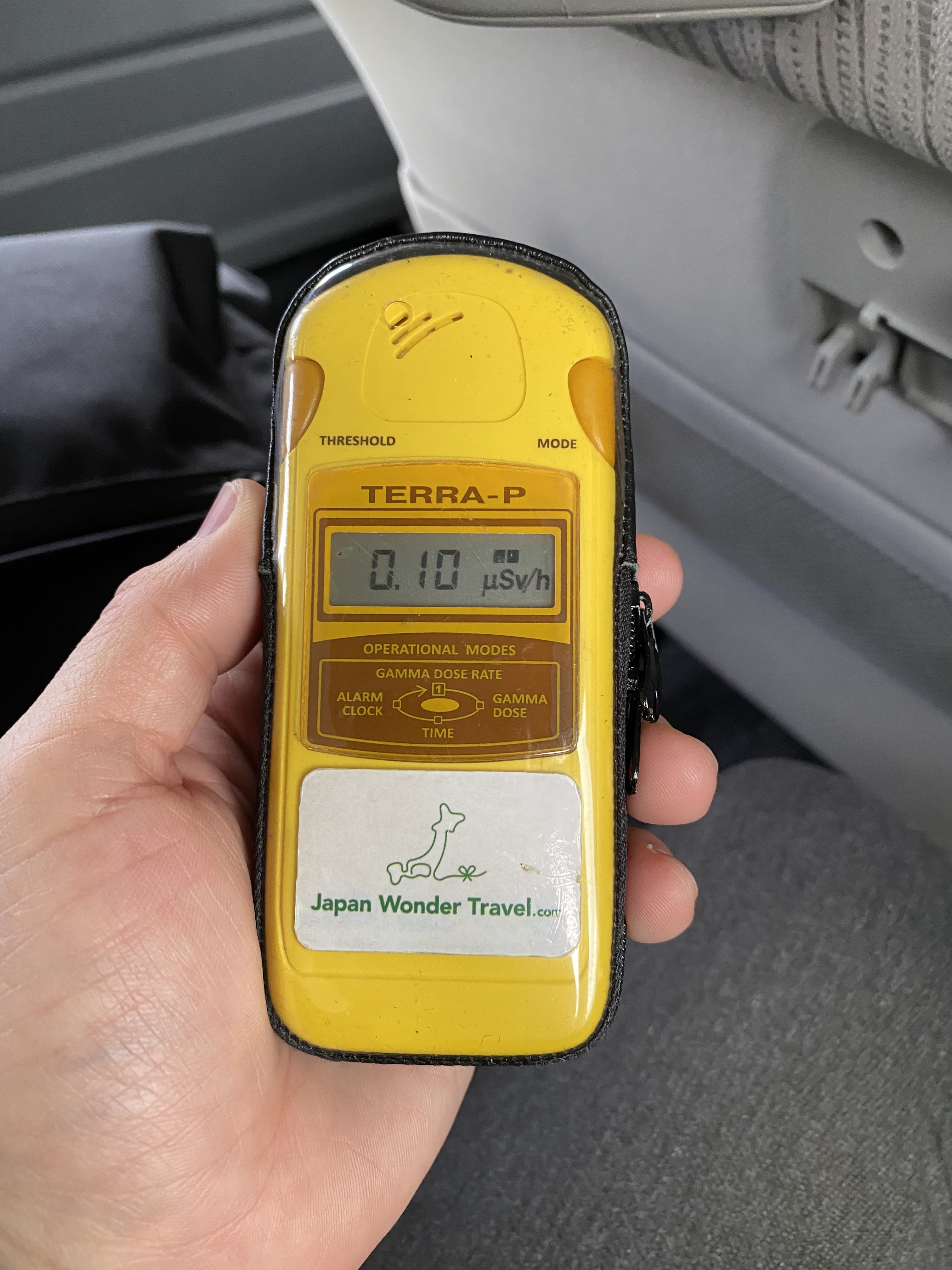
The counter reads 0.10 μSV/h at Tokyo Station.
*Note: Radiation is measured in SV. The ICRP recommendation of 1mSv per year for the general public is reflected in Japanese law, which is equivalent to 0.23μSV/h.
Lunch at Sakura Mall (Tomioka Town)
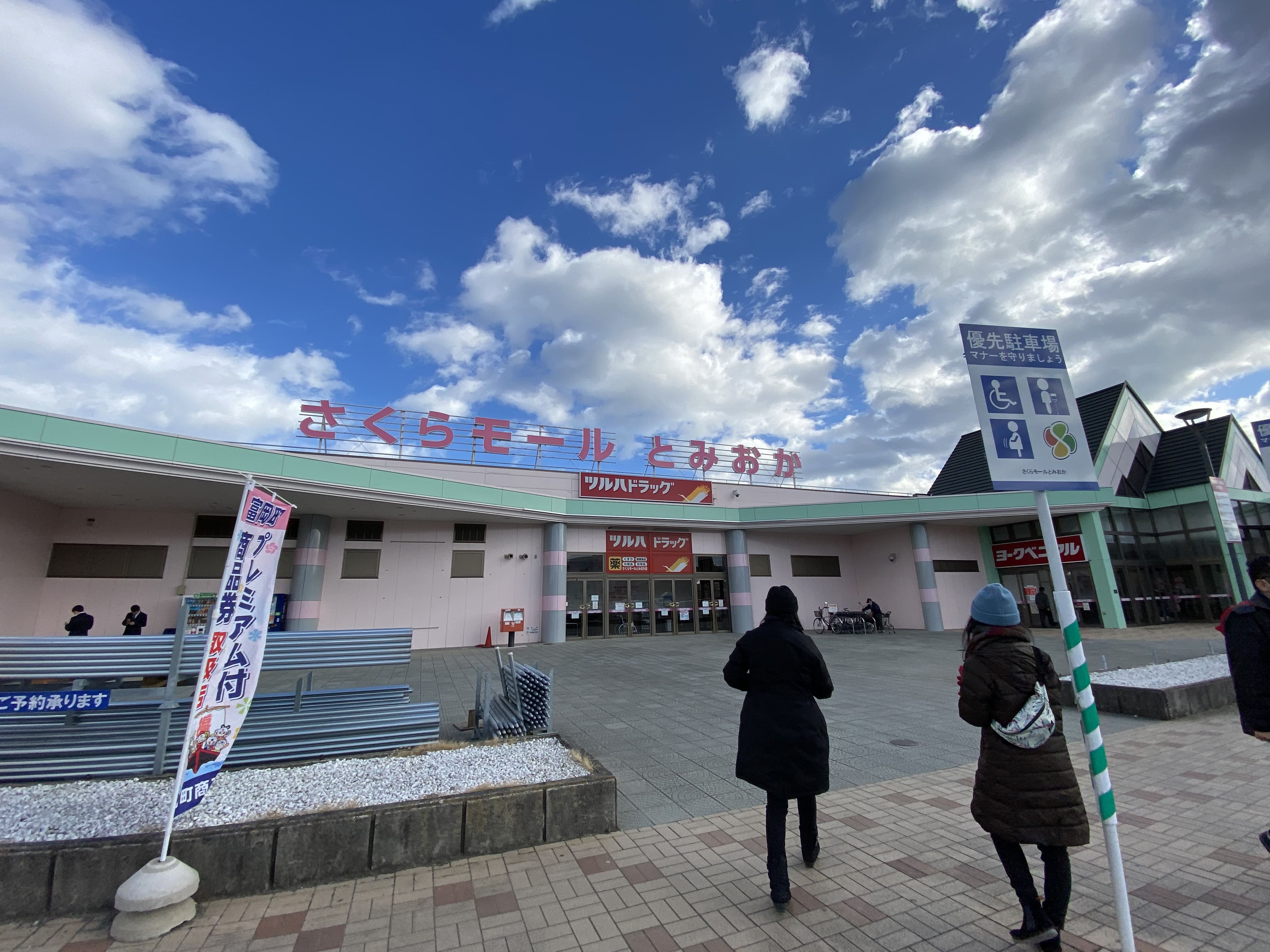
After making a few break-stops, we got to the first destination of the day.
Tomioka Town(富岡町) is located just south of Okuma Town(大熊町) and Futaba Town(双葉町), which is where the Fukushima daiichi nuclear power plant(in between the 2 towns) is located. Although it is the town with the most disaster-related deaths, the evacuation order was lifted in 2019 and it is 88% habitable as of 2020.
The Geiger counter shows 0.11 μSV/h, which is pretty much the same as Tokyo.
We had lunch at the food court of Sakura Mall(さくらモールとみおか). According to Hirasawa-san, Hamado-ri Ramen(はまど~り) is famous here, so that’s what I had.
It is a Chicken-based Ramen that’s tasty but doesn’t feel heavy. At this point, I was a little nervous about what was coming, so this lunch was perfect for me.
One thing that I noticed was that most of the customers at the mall were construction workers in their uniforms. It just shows that there is still a lot of reconstruction taking place in this area.
TEPCO Decommissioning Archive Center (Tomioka Town)
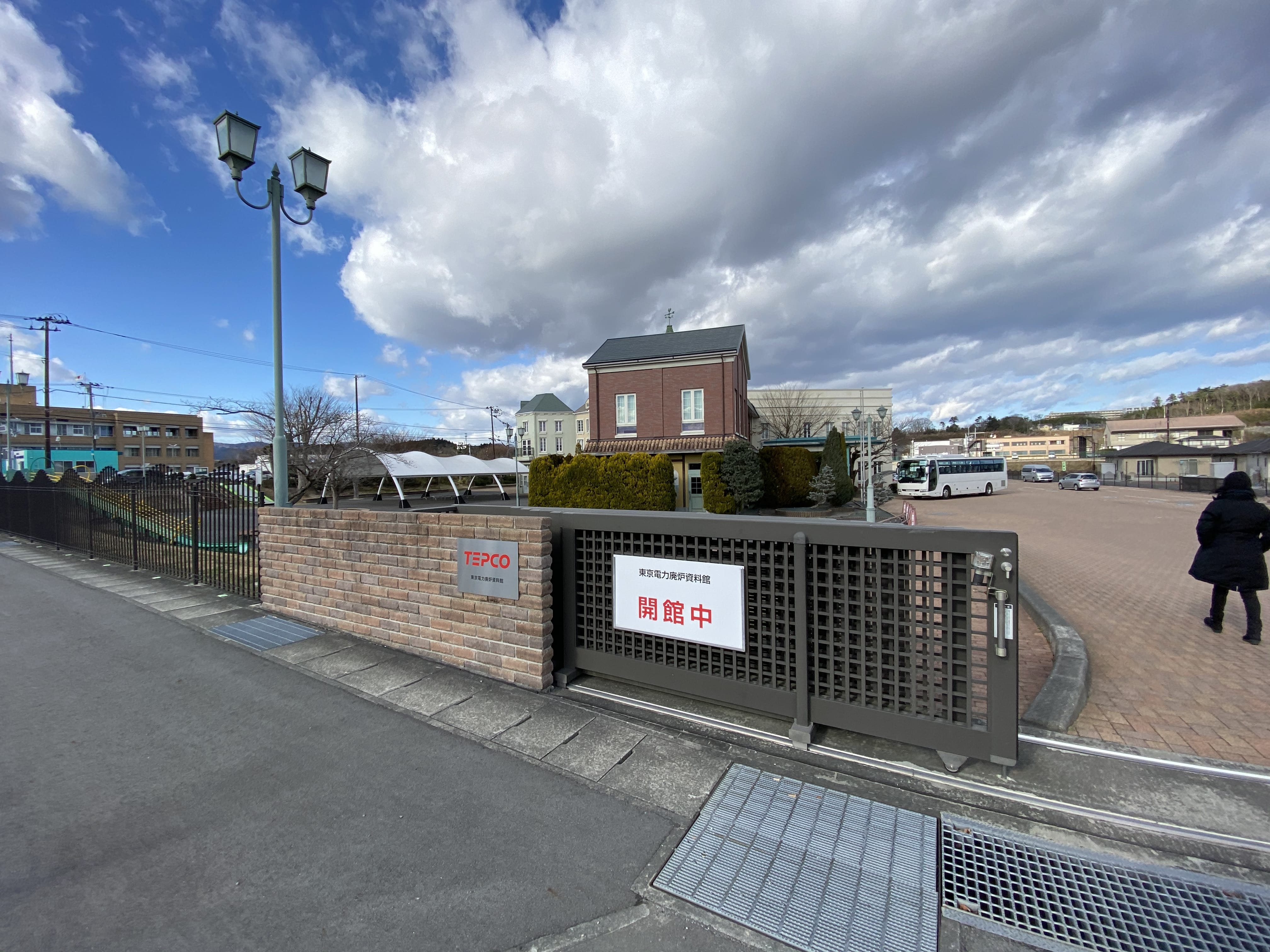
Just across the street from Sakura Mall is the TEPCO Decommissioning Archive Center(東京電力廃炉資料館).
This place used to be the “Energy Museum”, but it was changed to inform visitors about what exactly happened in March of 2011, what measures have been taken, and how things are going at this moment.
Here, we watched a short movie explaining the situation, starting with a deep apology message from TEPCO.
The explanation is really detailed so you can see how the melt-down accident occurred and how difficult it was to handle the situation.
Driving through Okuma Town and Futaba Town
when heading to our next destination, we passed by a “Difficult-to-return zone”, which is an area that is still under the process of decontamination.
It is possible to drive through this area, but it is prohibited to get out of the car and wander around.
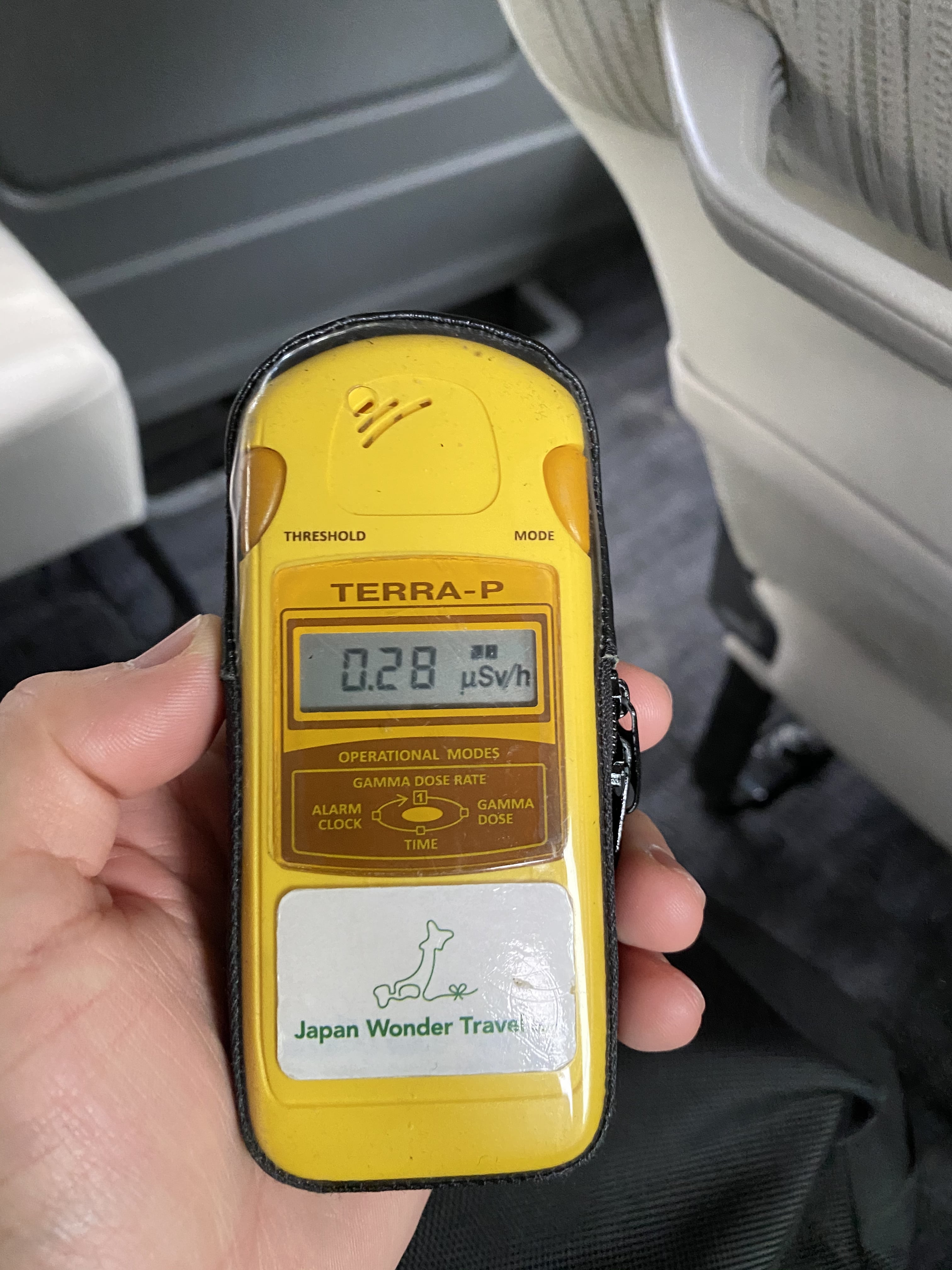
Here is where the Geiger Counter showed the highest number (0.28 μSV/h). Although it is prohibited to be outside, it is not dangerous to drive by which took us less than 30 minutes.
Walking Tour with Local guide (Futaba Town)
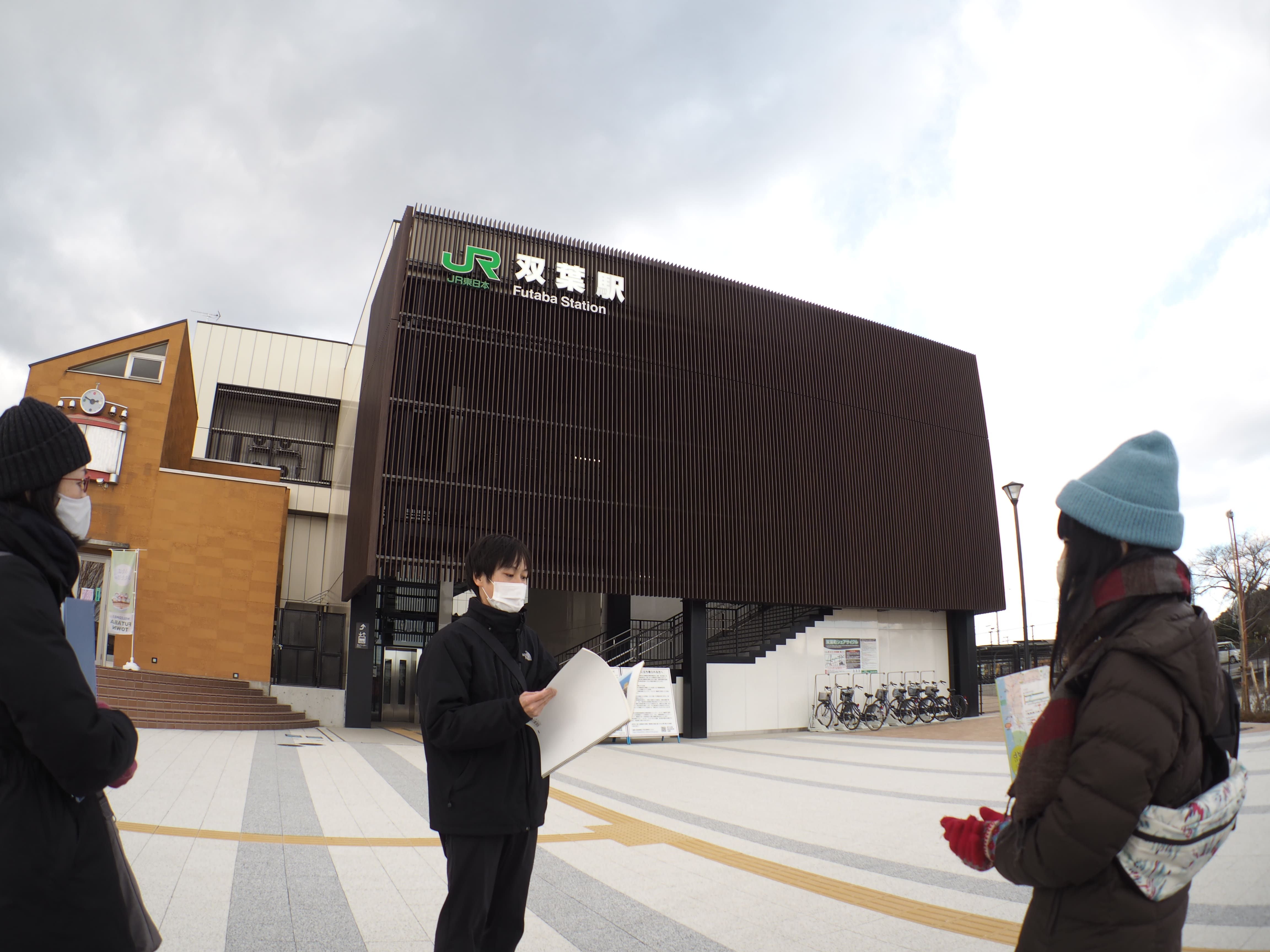
The next stop was at Futaba Town(双葉町), which is one of the towns where the Fukushima daiichi nuclear power plant was located.
The evacuation order for this town was just lifted in march 2020, and is currently only 4% habitable. Out of the affected towns, it is the only town where no one is living there yet. The % of the habitable area needs to increase before people will start considering living here.
This walking tour was guided by Yamane-san.
Yamane-san is originally from Tokyo and came to Futaba Town in 2013 as a member of a restoration project. He became a citizen of Futaba town after getting married, and since 2019 he started his own Tourism Association in hopes of revitalizing Futaba town via tourism.
He wants to appeal more to both Japanese and foreigners to come and see how things are in Fukushima so they can learn about this beautiful place.
The tour started in front of the newly opened JR Futaba station.
We walked through the town where we could see many houses, shops, and temples in terrible conditions due to 10 years of abandonment. According to Yamane-san, the owners of each house, shop, etc, have the choice to either fix and repair the local or demolish it completely. Most people choose to demolish.
Within all these devastating sceneries, Yamane-san will tell you stories about the many festivals that take place here and even personal stories of the people who used to live in this community. Yamane-san spent a lot of time talking to these people who were forced to leave their houses and belongings behind. That is why he knows so much about the people of this town, which is the essence of this tour.
There was this crazy story that I liked, about a local Ramen restaurant that would serve Udon when they would run out of Ramen noodles. Not only did anyone mind back then, but the restaurant even became famous for it.
This tour is filled with these kinds of stories.
Great East Japan Earthquake and Nuclear Disaster Memorial Museum (Futaba Town)
Although we didn’t go inside, we passed by the Great East Japan Earthquake and Nuclear Disaster Memorial Museum(東日本大震災・原子力災害 伝承館). This modern building is located right next to the also newly opened Futaba Business Incubation and Community Center (F-BICC)(双葉町産業交流センター).
These 2 buildings were supposed to open before the summer Olympics of 2020, but since the Olympics were postponed, they decided to open in late 2020.
They even had the Olympic torch on display.
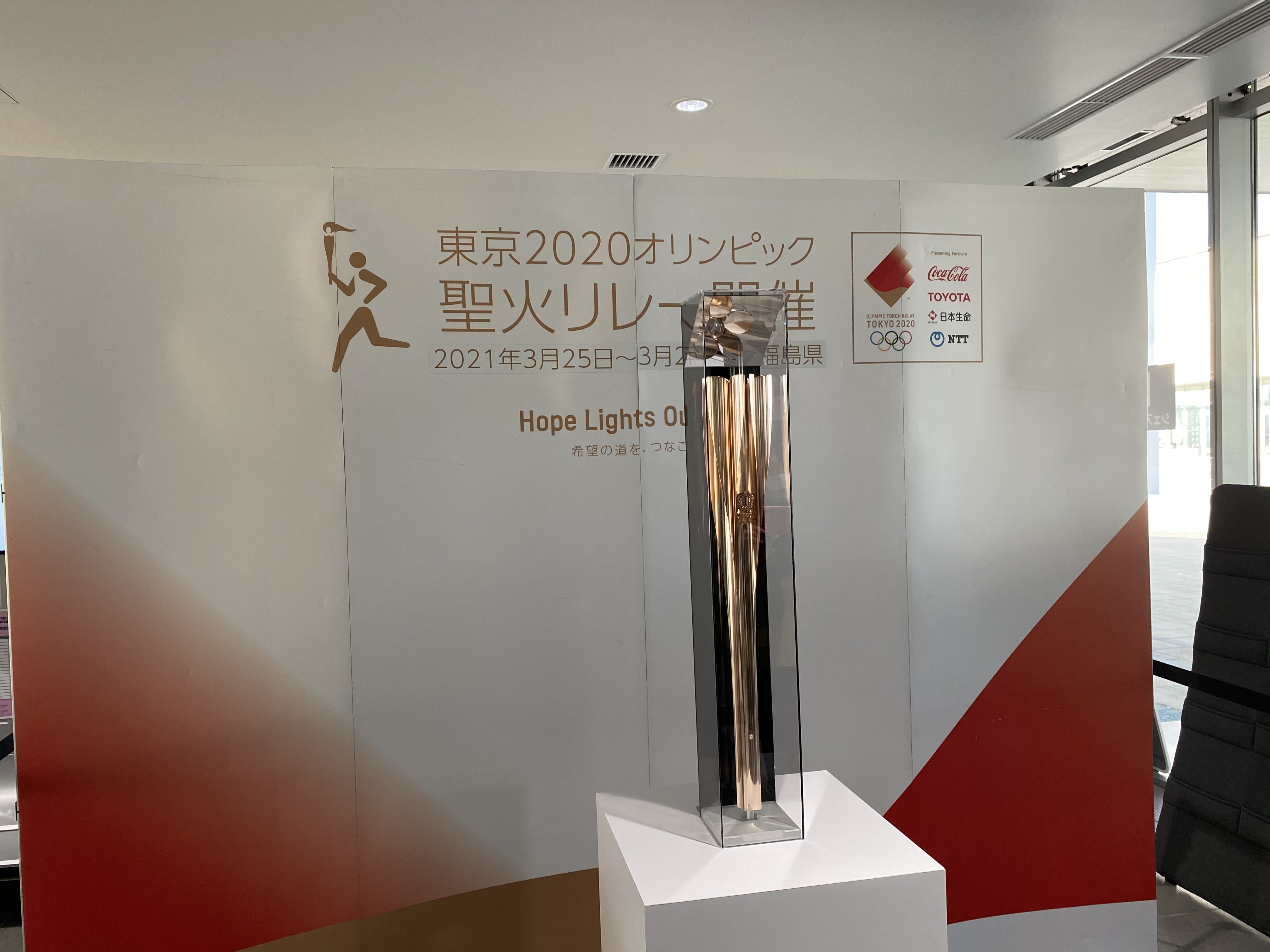
From the rooftop of F-BICC, we were able to see a lot of what was happening in Futaba Town. In the east, you could see how they were enforcing the shores while in the South, you could see part of the Interim Storage Facility(中間貯蔵施設), which is where they are temporarily placing all the contaminated soil and waste. It is the equivalent size of 32 Tokyo Disney Lands.
Here, Yamane-san told us that he would like visitors to remember these 3 points.
First; that Fukushima isn’t just a place that had a nuclear disaster and that there is a community with real people with real connections and real stories.
Second; the fact that this nuclear disaster happened will not go away, and people here will have to learn how to live with that reality and the fact that there is a gigantic Interim Storage Facility with no concrete future plans yet.
Third; Fukushima is starting fresh from zero. The people here are coming up with new ways of pushing the name of Fukushima forward. The future is bright.
Ukedo Elementary School (Namie Town)
Then we headed to Namie Town(浪江町), which is a town that was devastated by both Tsunami and radiation.
This is an elementary school(請戸小学校) located in the Ukedo district, which is really close to the pacific shore.
Even though the school was really close to the shore and most of the surrounding buildings were completely eradicated by the Tsunami 10 years ago, every student and teacher was able to escape to a safe place on that day.
The building is being refurbished and will be designated as an earthquake heritage site.
Michi-No-Eki (Namie Town)
This is a building that symbolizes the reconstruction of the town of Namie. It is a place where people and products of Namie Town gather.
It is a great spot to buy souvenirs.
J-Village Hotel (Naraha Town)
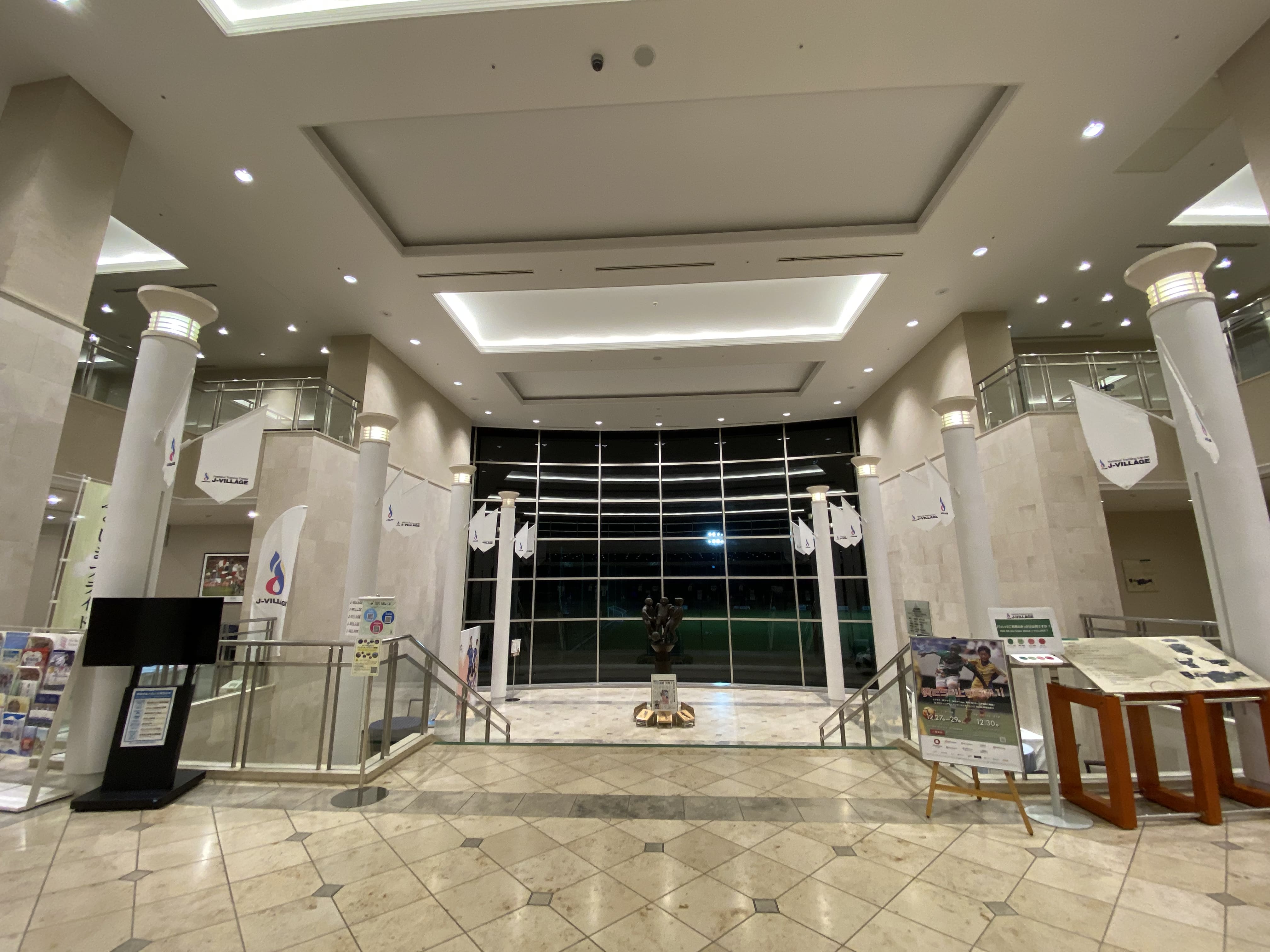
Lastly, we arrived at J-Village Hotel which is a hotel equipped with top-level sporting facilities. This is where we spent the night.
J-Village was used as a frontline to bring the disaster under control and was a parking lot for workers shuttling between J-village and Fukushima Daiichi NPP.
The hotel restaurant has a vegetarian option in case you were wondering.
Day 2
Day 2 was a day to learn more about the history and culture of Fukushima, and get to know the people who are working hard on bringing a light of hope to this area.
This was J-Village Hotel’s breakfast.
Kido-no-Co-minka (Naraha Town)
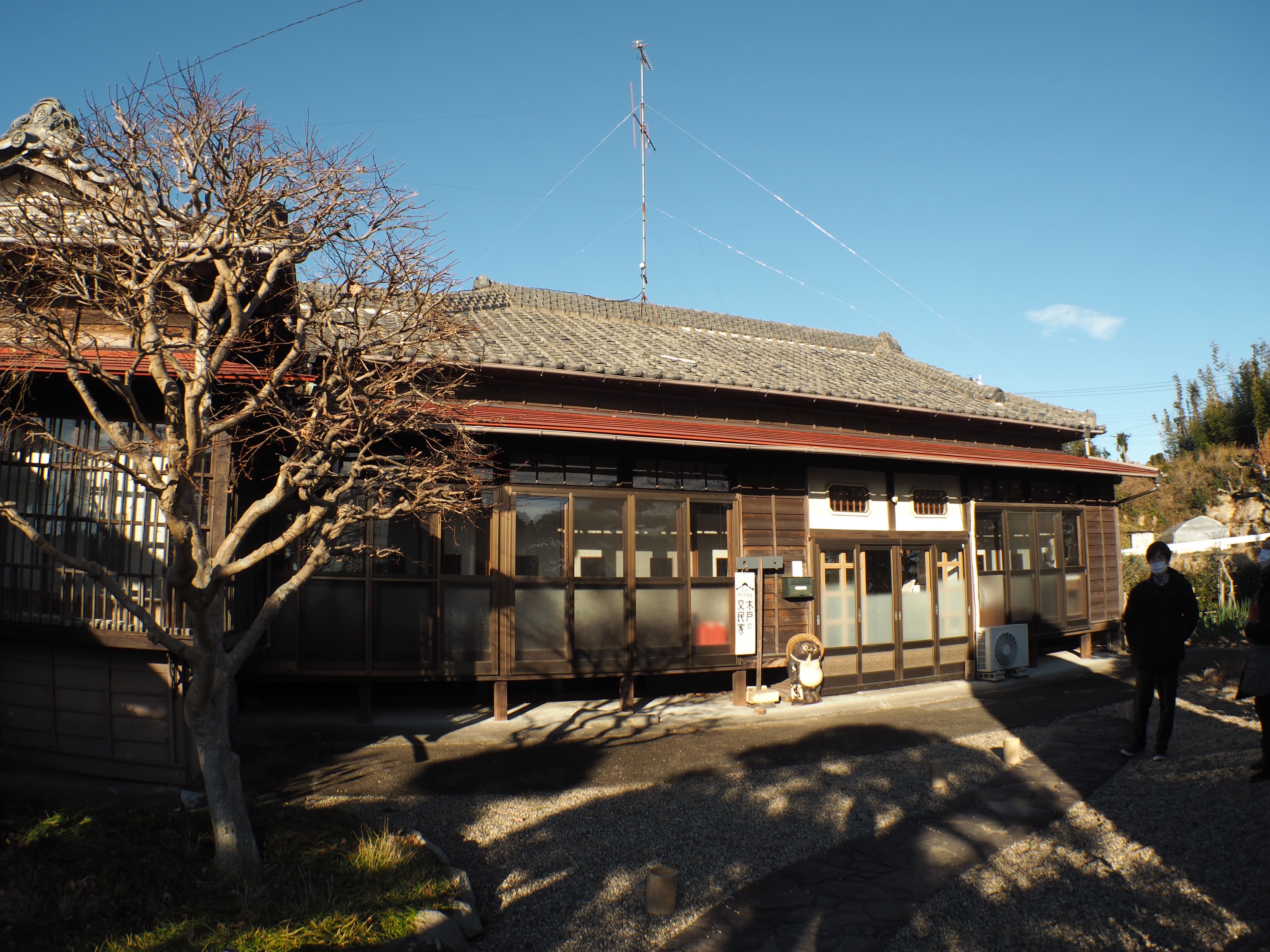
Kido-no-Co-minka(木戸の公民家) is a traditional Japanese-style house made into a guesthouse for travelers who want to learn about the area.
Not only can you stay there, but they have prepared many activities so that you can have a first-hand experience of the Naraha Town life. From traveling the nearby areas to harvesting fresh vegetables and learning how to cook traditional dishes with those ingredients.
It is a good option if you want to have a peek at the Naraha Town lifestyle.
Souma Ota Shrine (Minami Souma)
We drove all the way north to Minami Souma City(南相馬市), which is the city where Souma Nomaoi(相馬野馬追) is held.
Souma Nomaoi is a festival where hundreds of people wearing samurai armors ride armored horses. It is said to be the world’s greatest equestrian festival.
The Souma Ota Shrine(相馬太田神社) is one of the starting points for this festival and has a long history.
You can even see in the shrine walls the design of horses.
Kacchu Kobo ABE (Minami Souma)
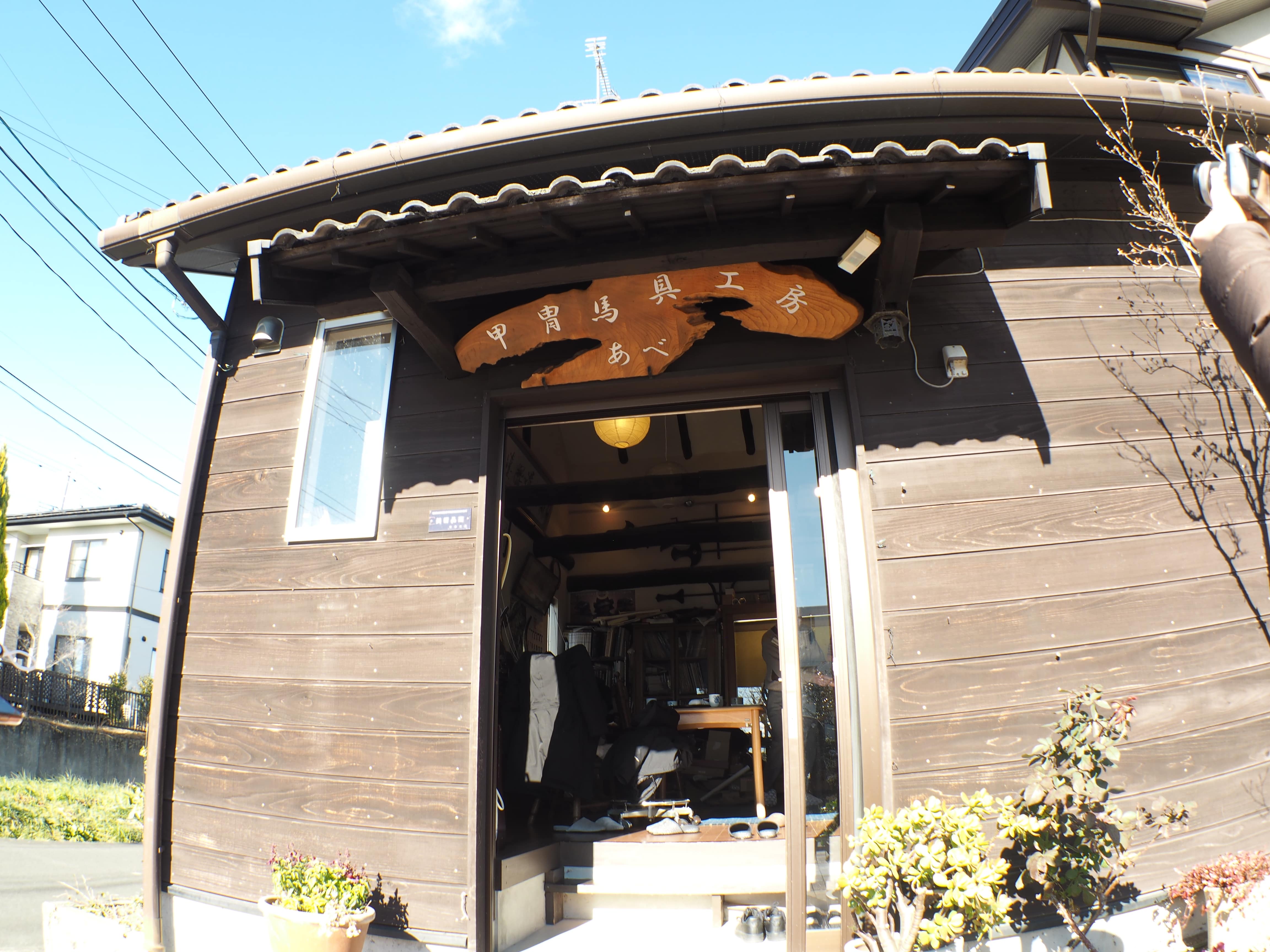
Next, we visited one of only 7 active official samurai armor craftsman, Abe-san.
Abe-san not only repairs antique samurai armors, swords, mounting equipment, etc. but he also participates in festivals dressed as a samurai.
He taught us about the rich history of Minami Souma, about the craft of samurai armor, and the future of the city.
He said that it would be nice that outsiders(both Japanese and foreign visitors) would come and learn about the history and culture of Minami Souma. He is confident that people will fall in love with the place, and hopefully consider it as a second home. That way you can come not only once in your lifetime, but maybe every few years.
This would be good not only for the city of Minami Souma, but for Fukushima as a whole. That’s why he works hard to make the visitors stay as enjoyable as possible.
In the end, he let one of us try on a real samurai armor.
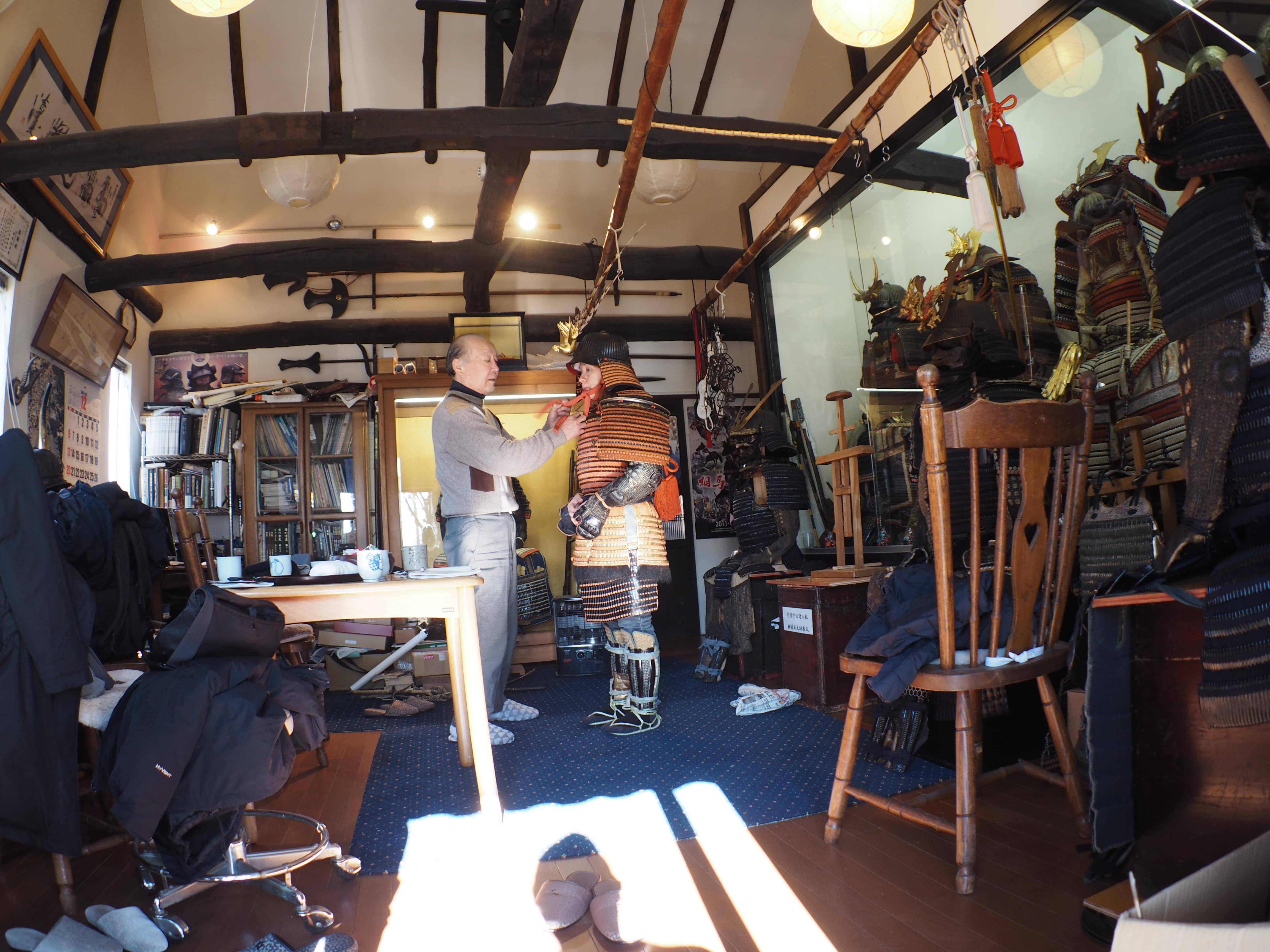
Lunch at Hotel Raffine (Minami Souma)
Also located in Minami Souma, we went to the Hotel Raffine, which is a hotel/restaurant that has been in business for over 160 years. It is located right across the street from JR Haranomachi station, and it is famous for its bento box meals.
I had the “Hokki meshi bento”(ほっき飯弁当). It includes fixed rice with Hokkigai, which is a type of clam. It was sooo good!
In the lobby of the hotel, you will find 2 cute little robots that will come to you when you call them.
Iwaki Takahashi (Iwaki City)
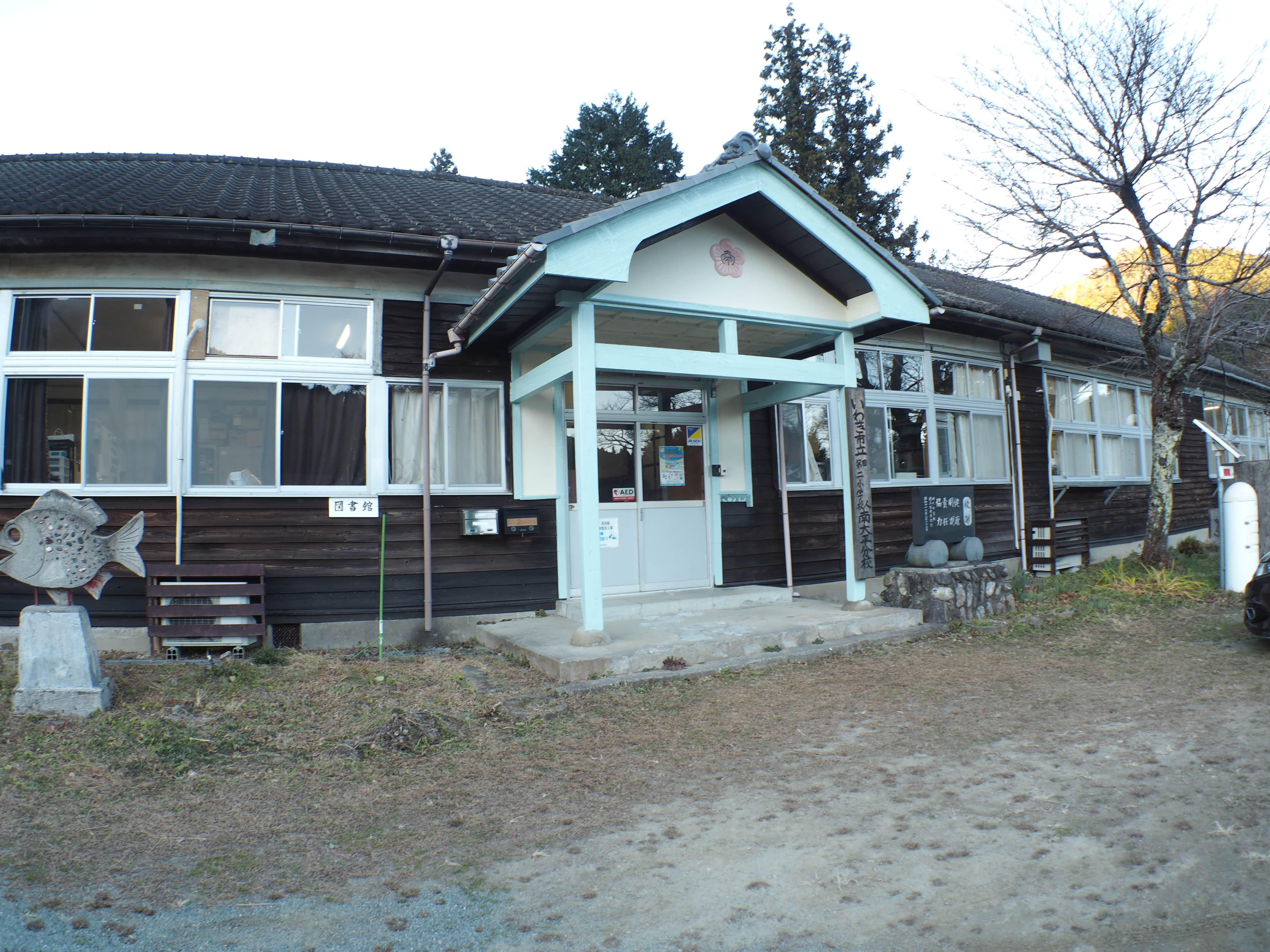
From Minami Souma we headed to Iwaki City(いわき市), which is at the southmost of Fukushima prefecture. It is the second-most-populated city in the Tohoku area.
Iwaki Takahashi(磐城高箸) is an environment-conscious company that creates wooden products such as waribashi (disposable chopsticks) and pencils.
Takahashi-san told us how the wood that they use for manufacturing is thinned wood to help revitalize forests (forest right at the side of the factory). This means that it is wood from trees that needed to be cut. every single inch of the wood is used for something so nothing goes to waste.
The first thing you will notice when you get to their factory is its facility. The Iwaki Municipal Tabito No. 2 Elementary Minamiodaira Branch School(旧南大平分校) was an elementary school that had a history of 130 years, but sadly had to close. Takahashi-san decided to use this place as the office and factory for their company, but at the same time leaving it open to the public to enjoy. You can feel the nostalgia in every corner of the installations.
In that way, he has helped to preserve both the community and the environment.
He also told us about the huge business opportunities that can be found in Iwaki City. Many people have this negative image of Fukushima because of the nuclear disaster, but they don’t understand that it is actually safe here. Not only that, but the government incentivizes new businesses by helping them out economically. Plus, there are 2 major local newspapers that will help you out with promoting your business.
Back to Tokyo Station
After Iwaki city, we drove back to Tokyo. We arrived at Tokyo Station at 19:30.
Before giving the Geiger Counter back, we checked the accumulated exposure that we had during these 2 days in Fukushima.
The result was 0.004 mSV.
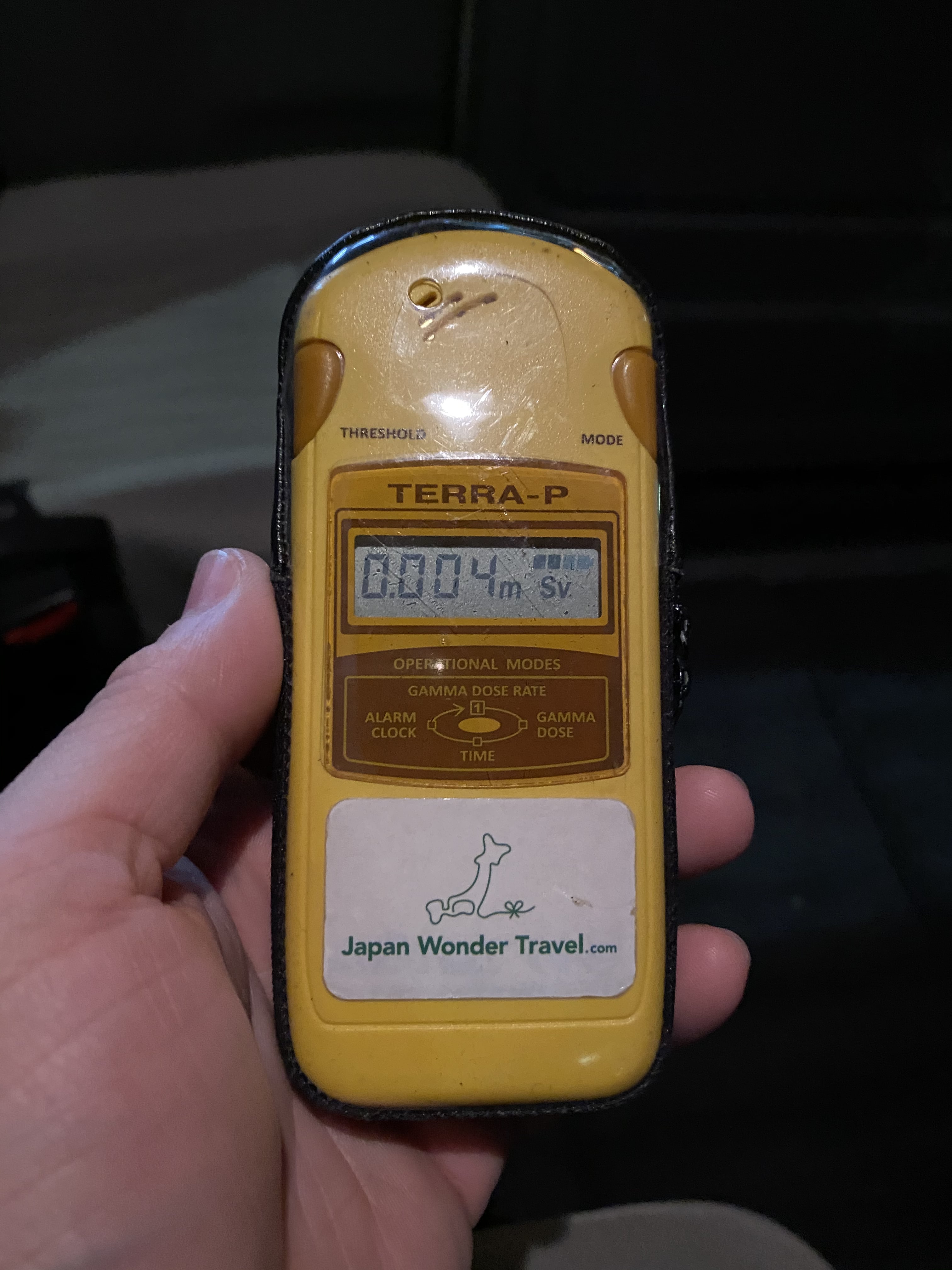
Just so you have an idea, the exposure that you have by taking a round trip from NY to Tokyo by airplane is 0.1 mSV. This shows how safe this tour was.
My thoughts about the tour
First of all, I was very happy that I got to be part of this tour.
Day 1 was focused on learning about the disaster.
Not only did we talk about the destruction, but we also got to think about the people who had to live through this horrible experience. The time riding on the bus between destinations gave me the time to process what I was seeing. During dinner, we had time to share our thoughts between the guides and tour participants. This was very insightful and thought-provoking.
On the other hand, the 2nd day was all about hope.
We met people who care about the community and want to help in reconstructing Fukushima. Abe-san from the armor workshop said he wanted people to see Fukushima as a second home. Takahashi-san from Iwaki Takahashi said that he wanted people to come to Fukushima in search of new business opportunities. It was very motivating to see their enthusiasm.
I feel like this tour did not only taught me about Fukushima, but also taught me about life itself.
About the tour
The 2-day tour that I took was a combination of various tours.
If you are interested in the Walking Tour at Futaba Town with a Local guide, please check the link below.
There is also the option to take the Futaba Town tour on bike! Check out the following link for more details!
To explore the current Fukushima more deeply visiting the restricted area, Fukushima Daiichi Nuclear Power Plant Visit 2-Day Tour from Tokyo is also offered to you. You can also see the current status of Fukushima Daiichi Nuclear Power Plant firsthand. Check more detail about this exclusive tour in this link below!
▶︎Fukushima Daiichi Nuclear Power Plant Visit 2-Day Tour from Tokyo
There is also the Fukushima Disaster Area Day Tour from Tokyo by Japan Wonder Travel. Click the following link to check the experience on that tour.
Some of the places I visited on this occasion are yet to be part of a tour, but the organizers are working hard in making this possible as soon as possible.
Lastly
As I previously mentioned, the Great East Japan Earthquake had devastating effects on many north-eastern areas in Japan. Although many feel sympathy towards affected areas in Iwate prefecture and Miyagi prefecture, the dominating feeling towards the affected areas in Fukushima is, unfortunately, “fear” because of the nuclear disaster.
Hopefully, I was able to clear your doubt regarding the safety of these tours.
I think that the best way to clear any doubts is to go see and hear things for yourself. These tours are not only meant to inform you but also to let you know that the people in Fukushima are doing their best to bring prosperity and become an example to other places that are experiencing reconstruction. Although there are still many challenges ahead, the atmosphere is filled with hope, which is something you can only notice by going there.
And finally, I would like to thank Hirasawa-san and Yamane-san for being such great guides throughout these couple of days. They were very nice and knowledgeable, which made the tour that much enjoyable.
If you want to know more about Fukushima and the effects of the disasters that happened in 2011, check these other articles.
▽Related Articles▽
▼Editor’s Picks▼
Written by
Born and raised in Costa Rica, I started living in Tokyo from college. I love traveling within Japan & around the world. Since I wasn’t born in Japan, I know the cultural impact that you can get when visiting Japan for the first time and what you might be worried about before your trip. And I’ve lived long enough to somewhat understand the nuances of the Japanese culture that make this country such an attractive place to visit. Hopefully I can provide to you both the information you’re looking for and the information you didn’t know you needed to know.
